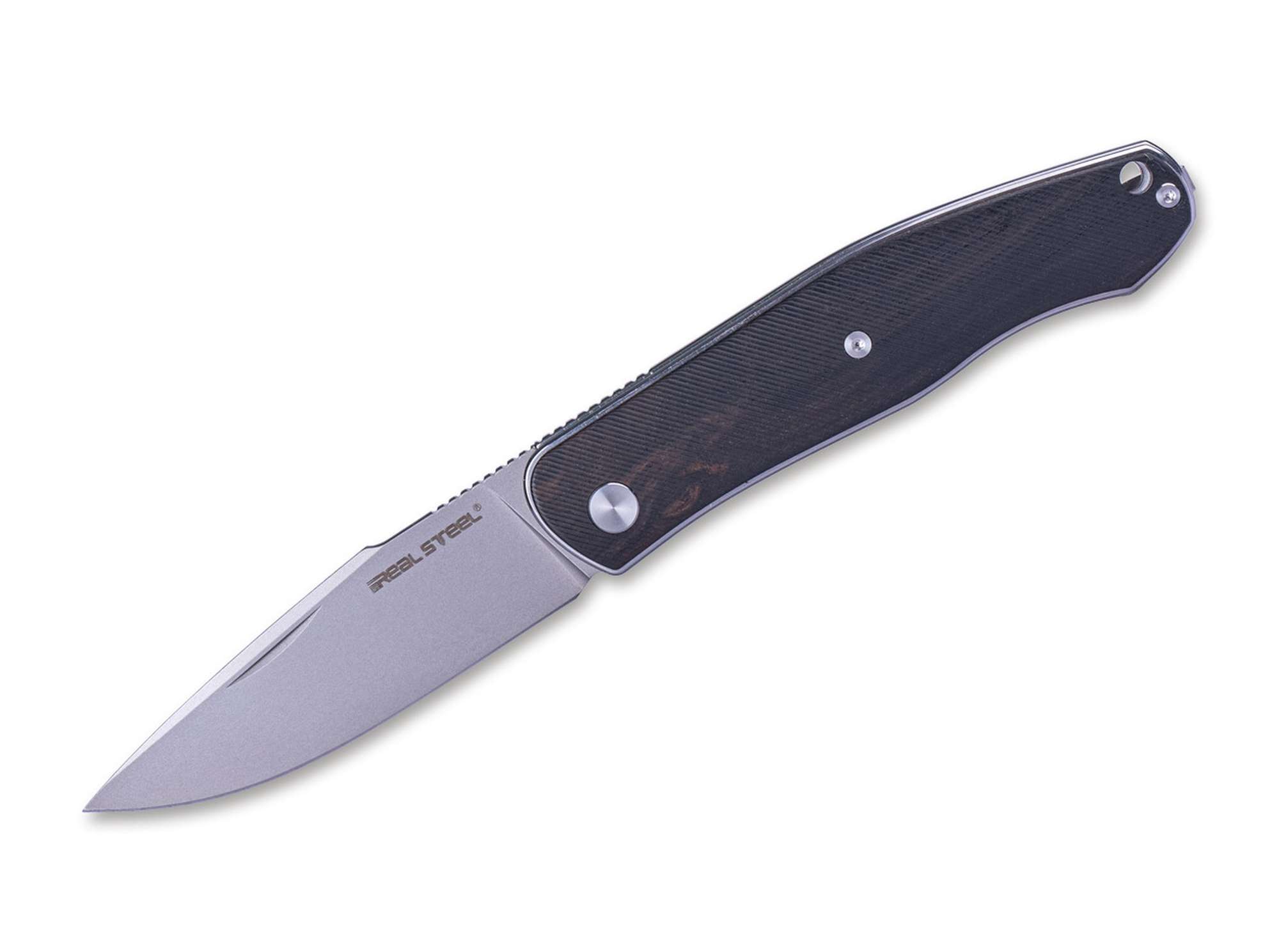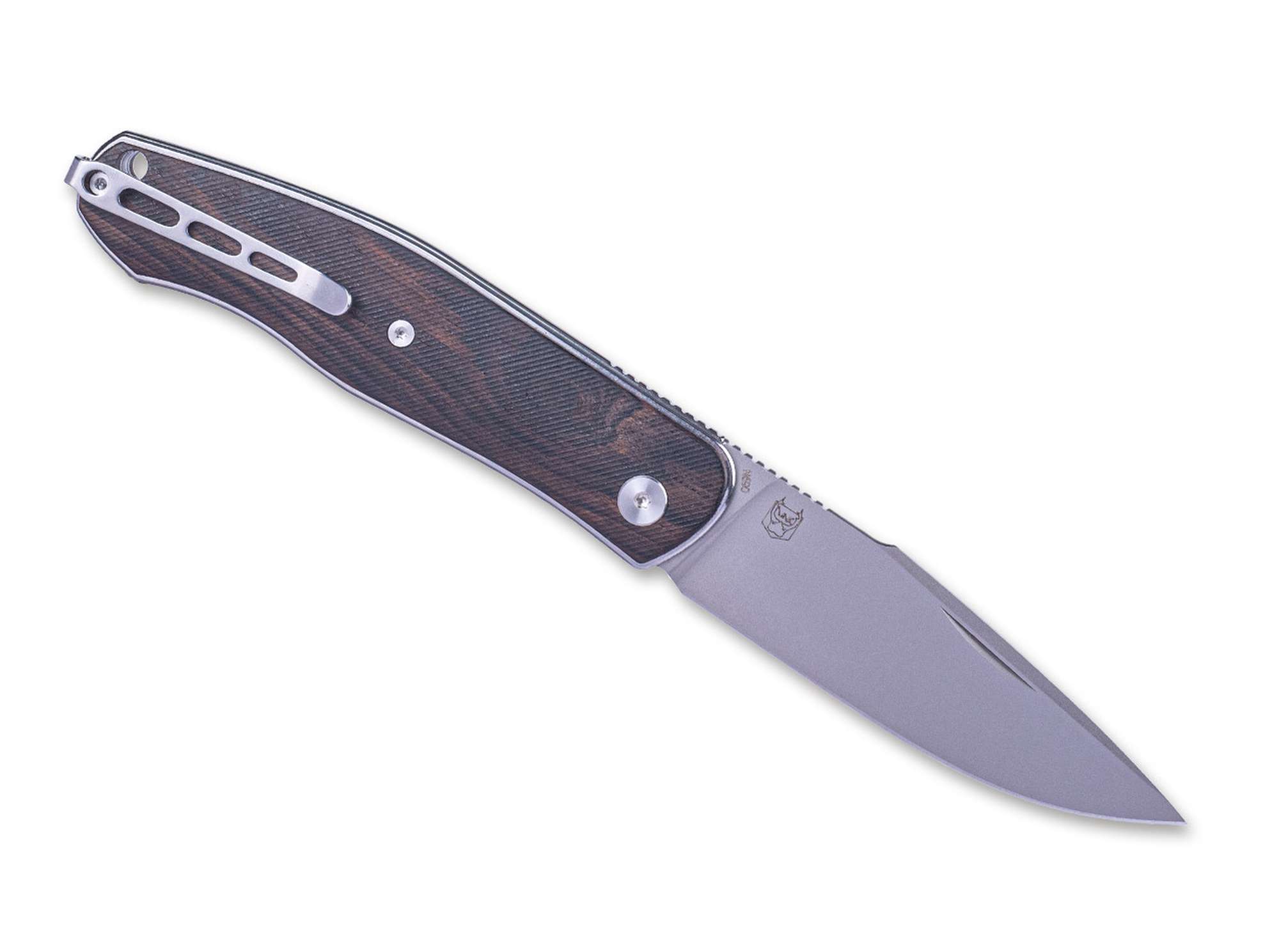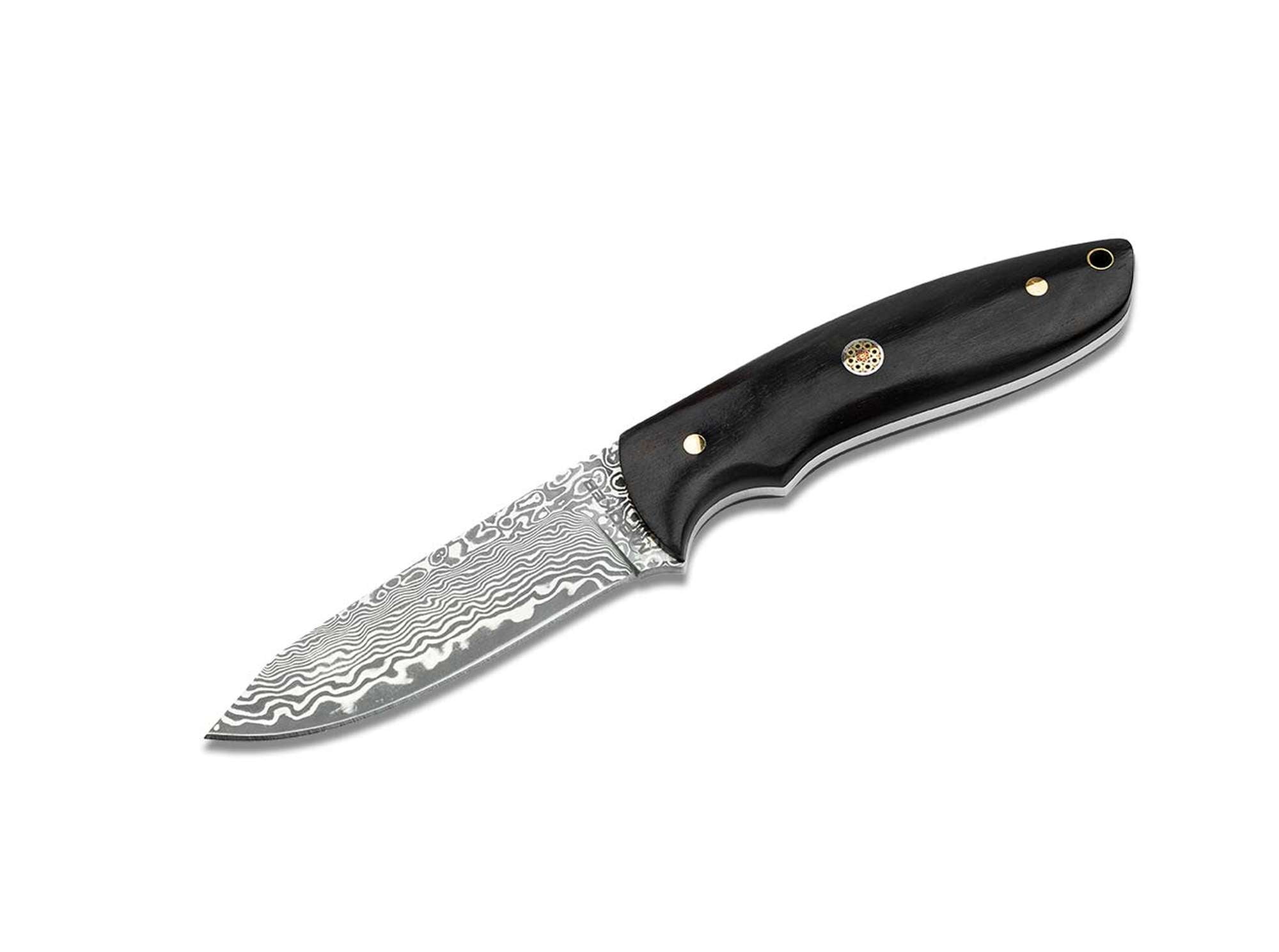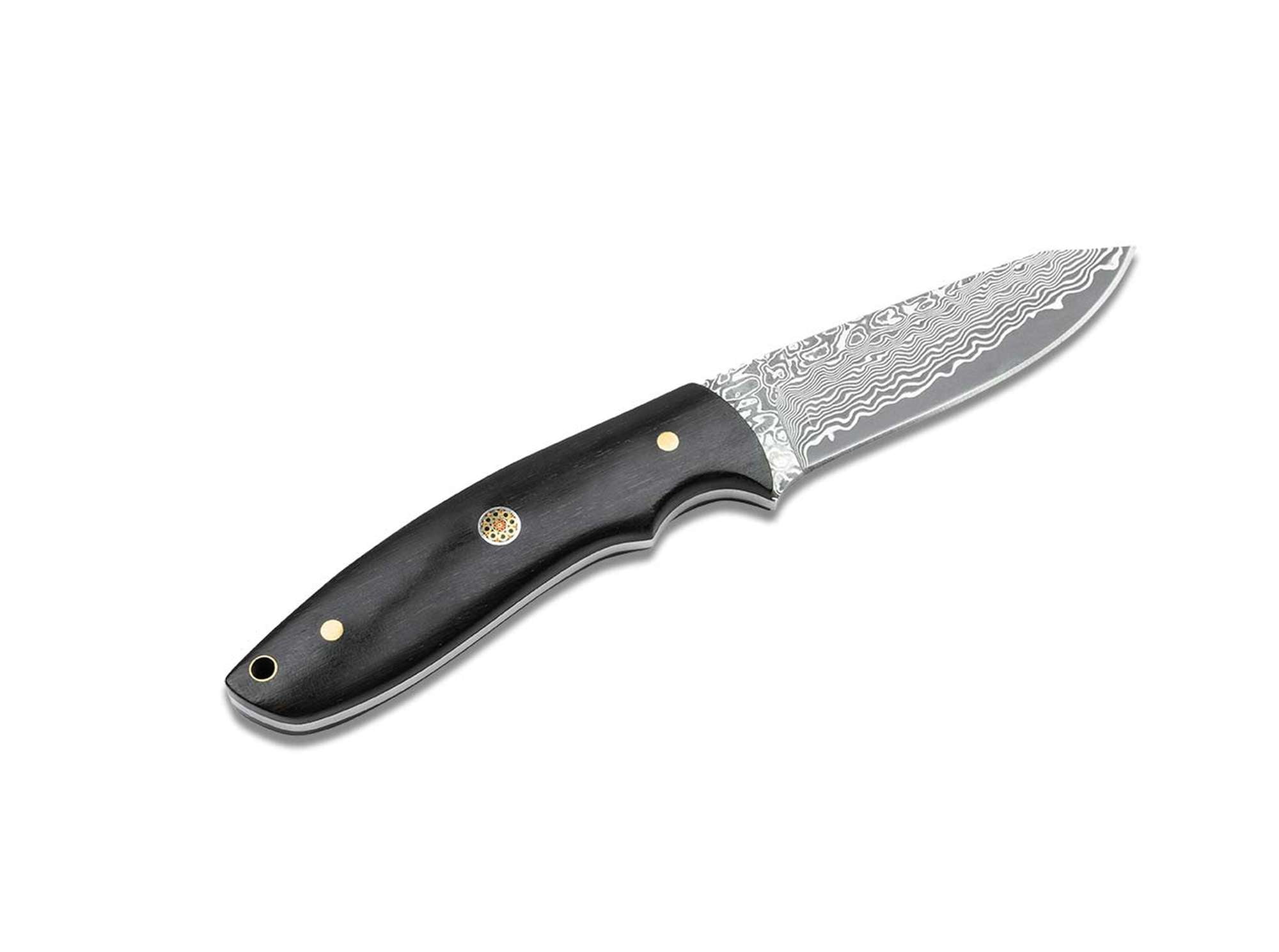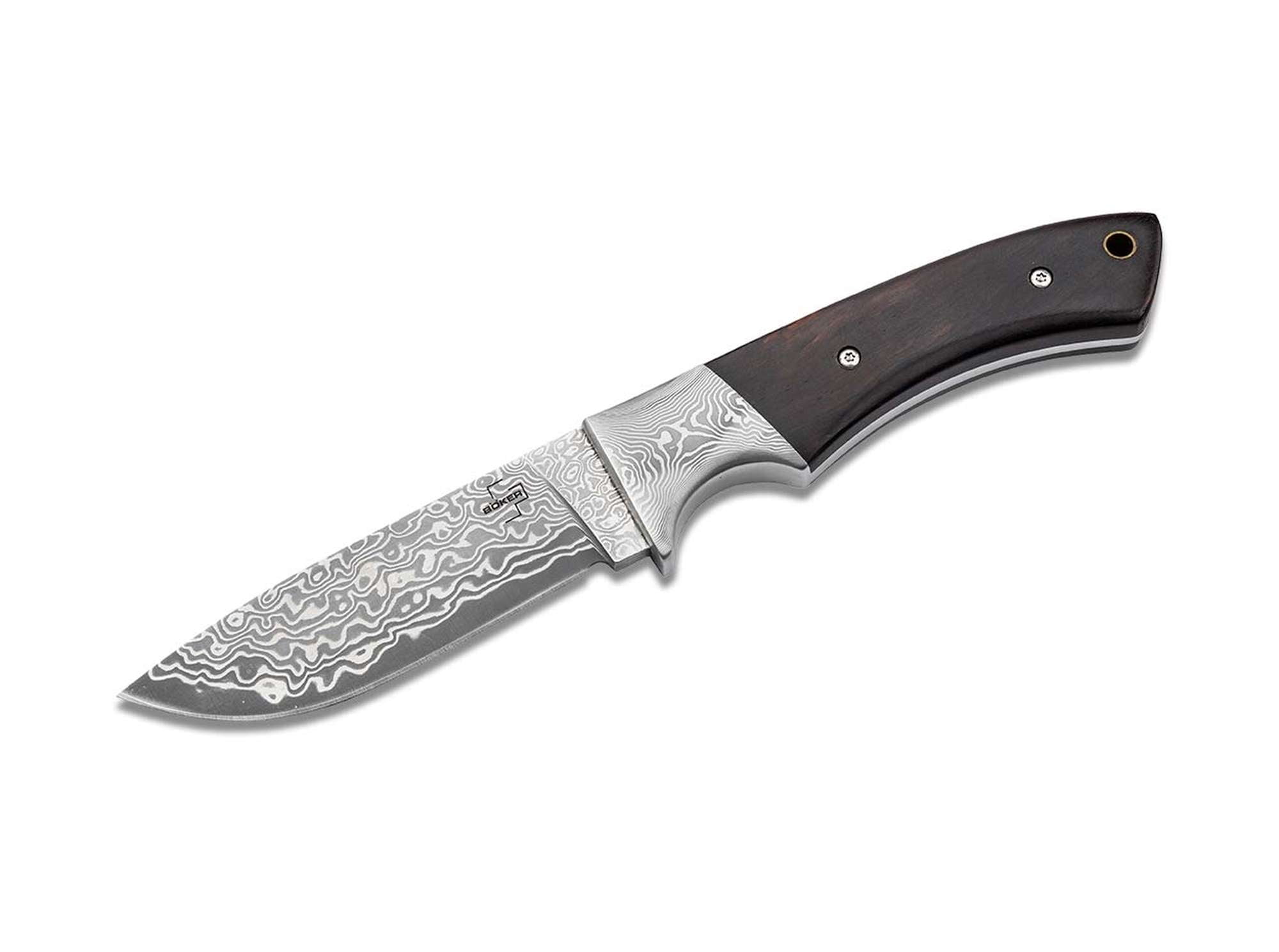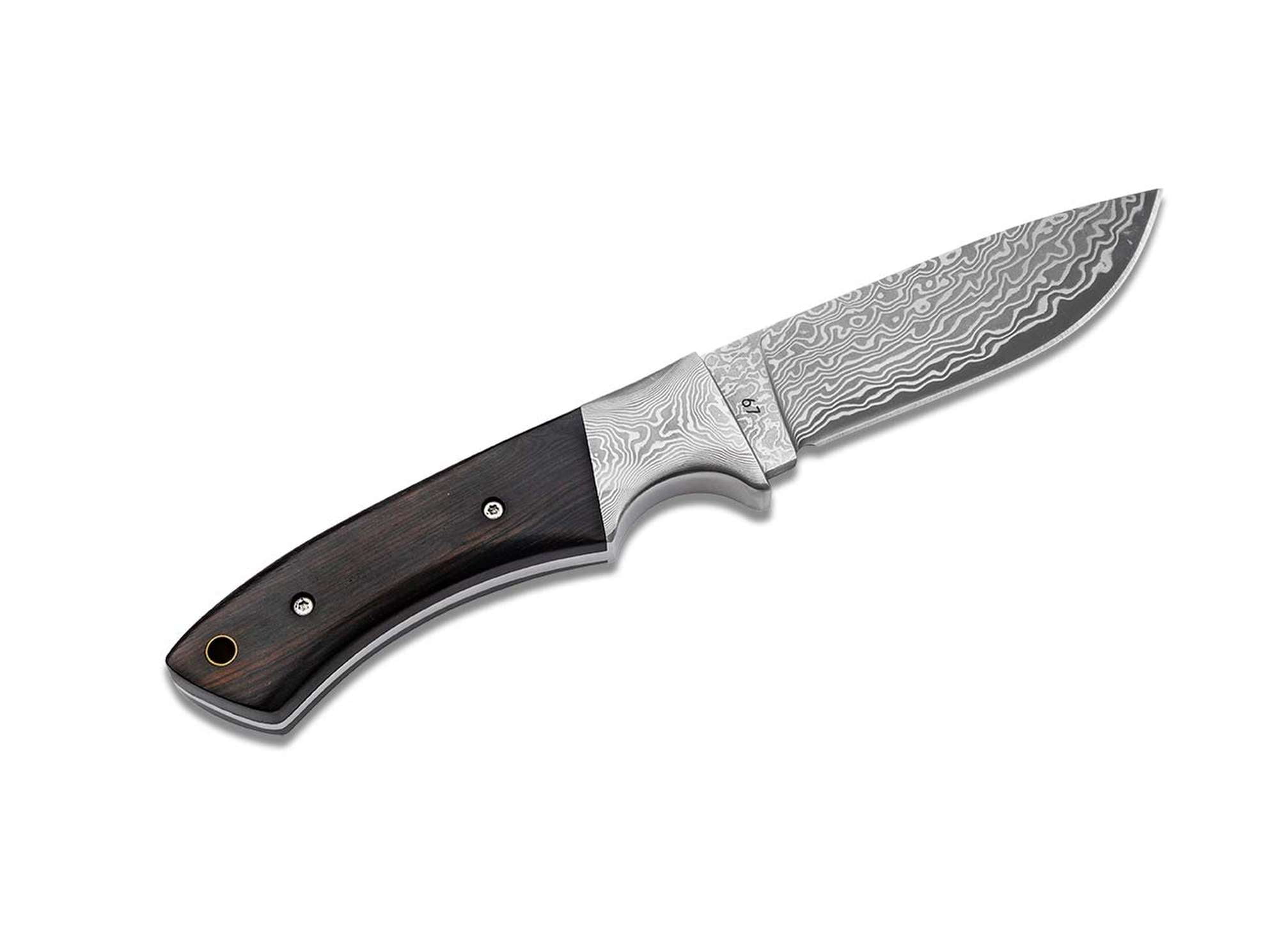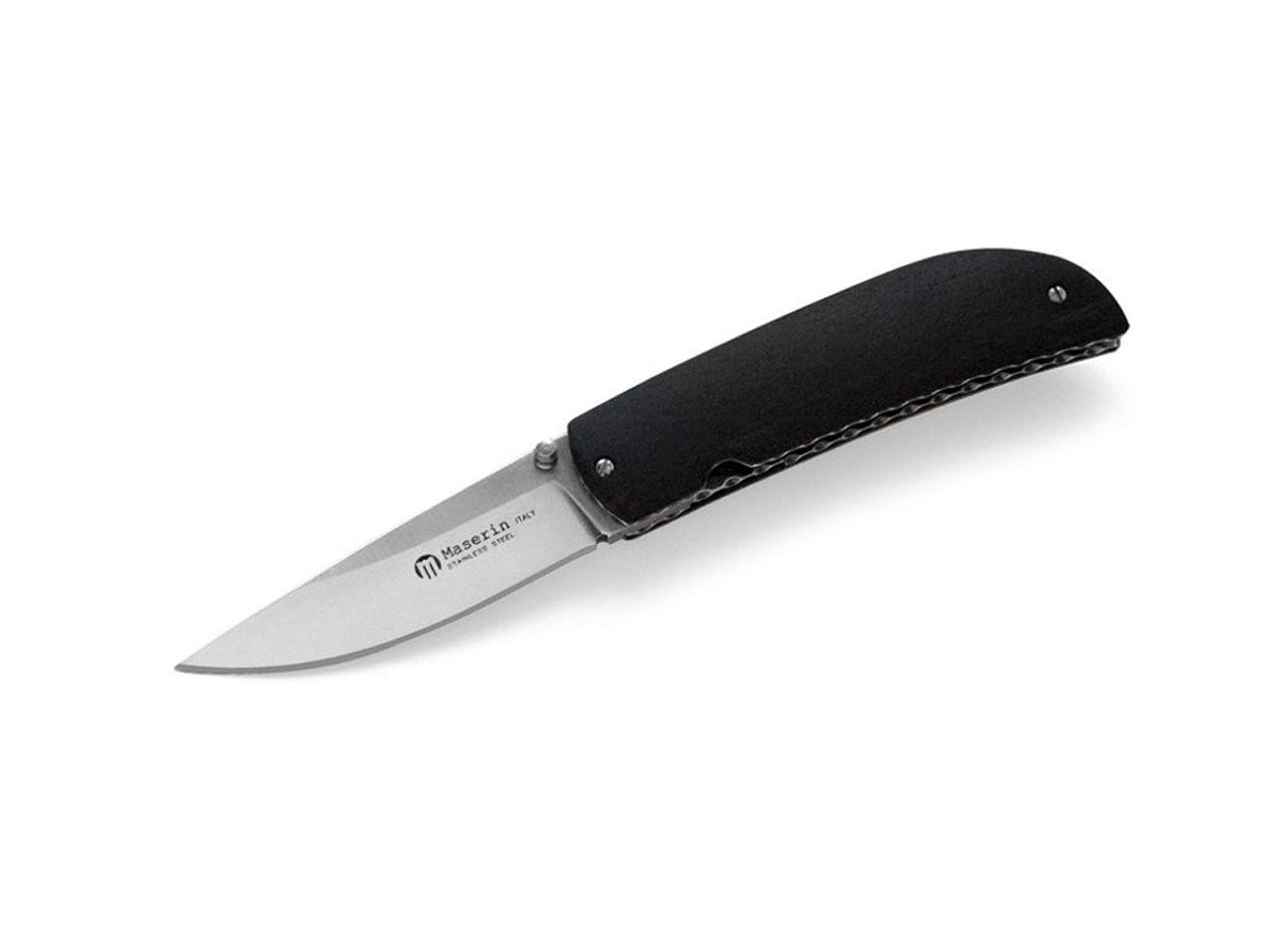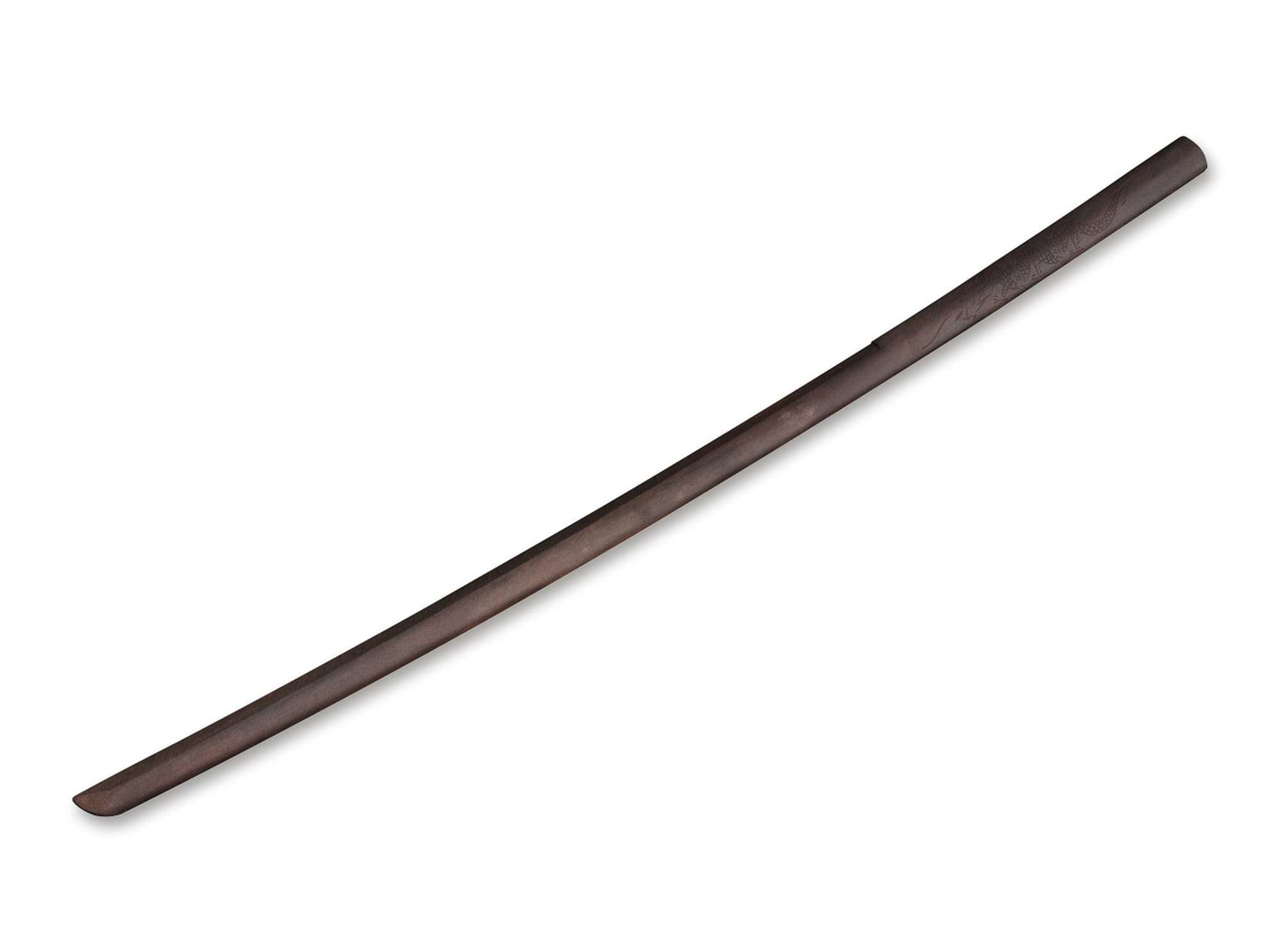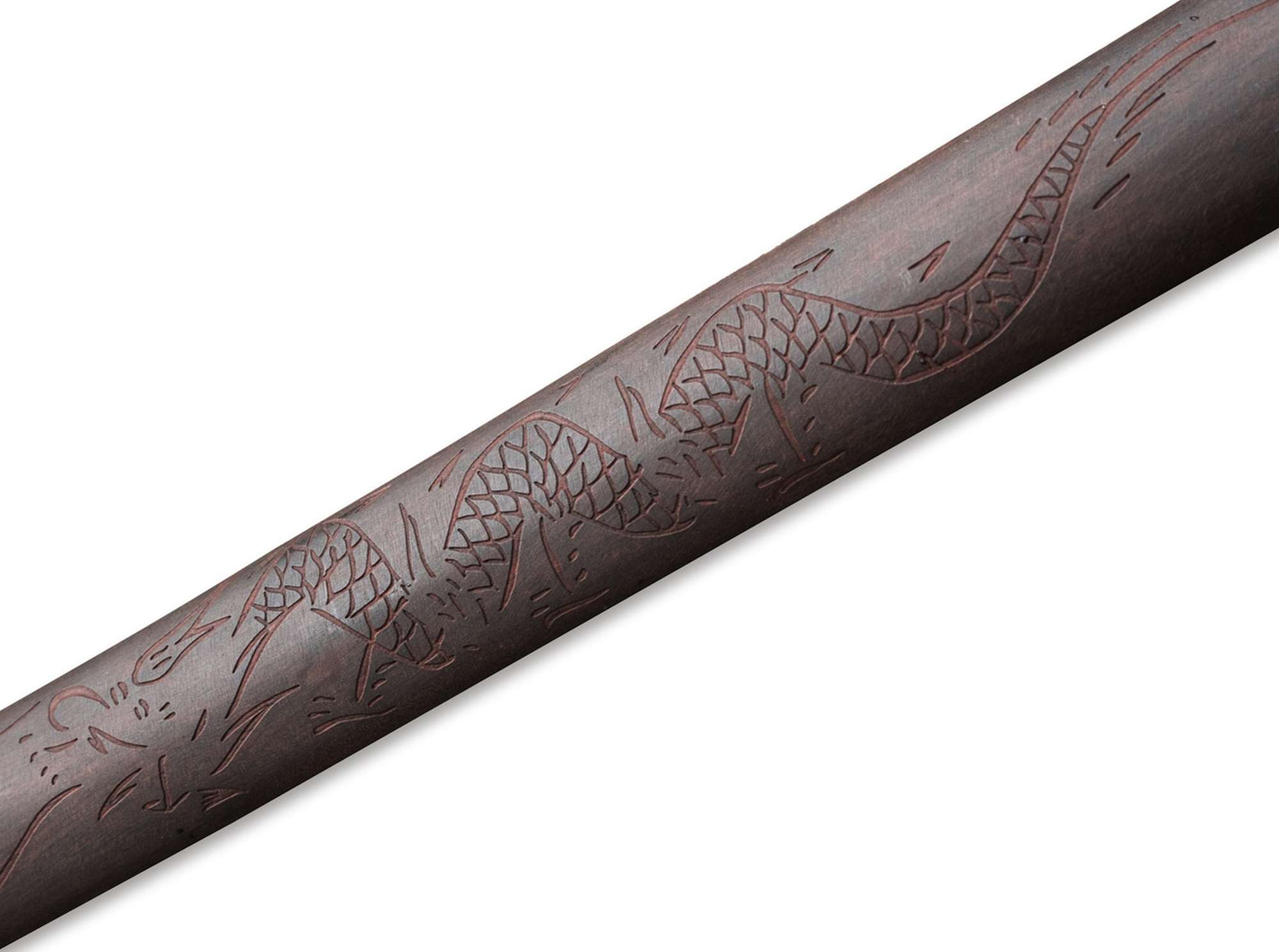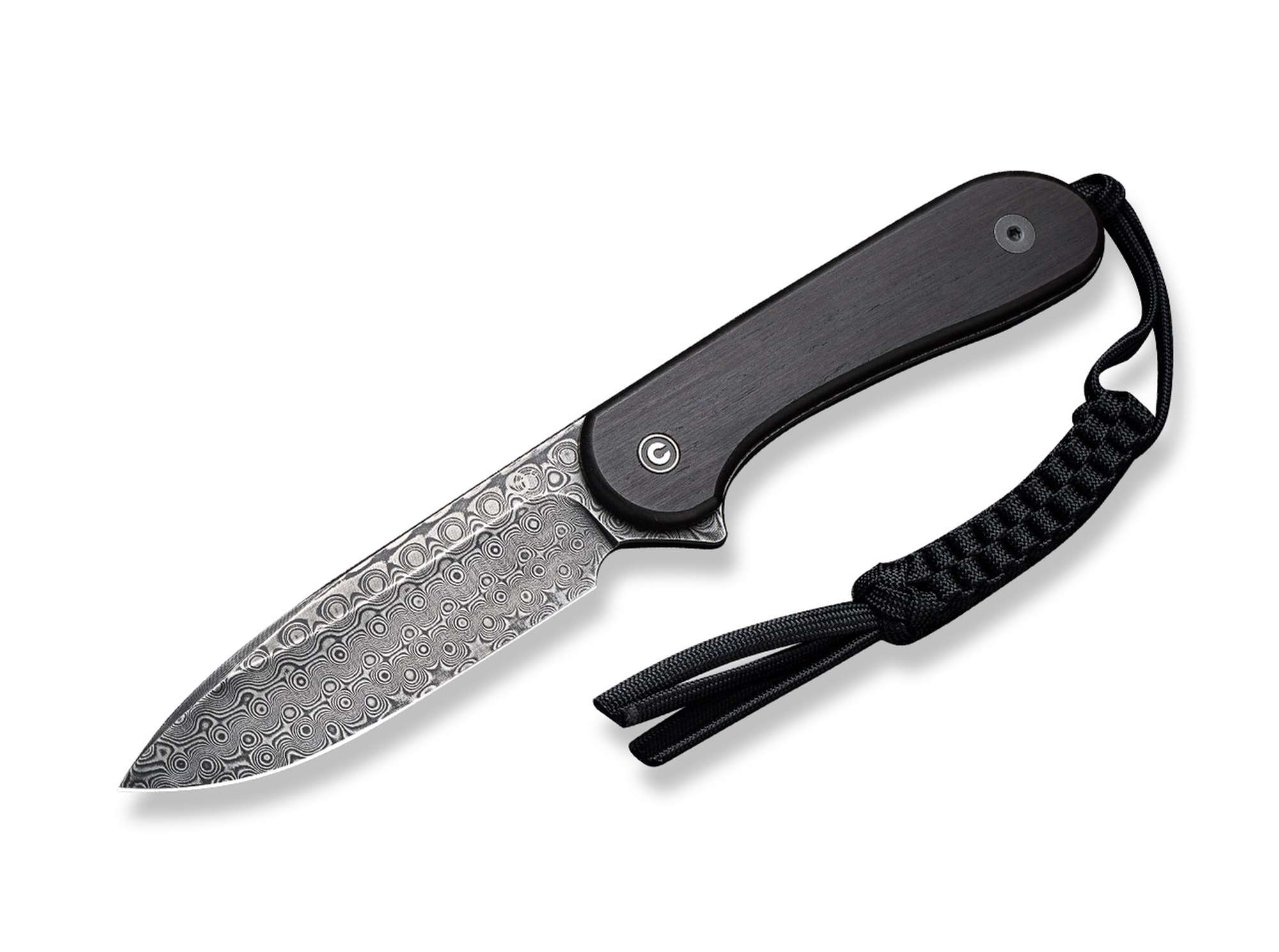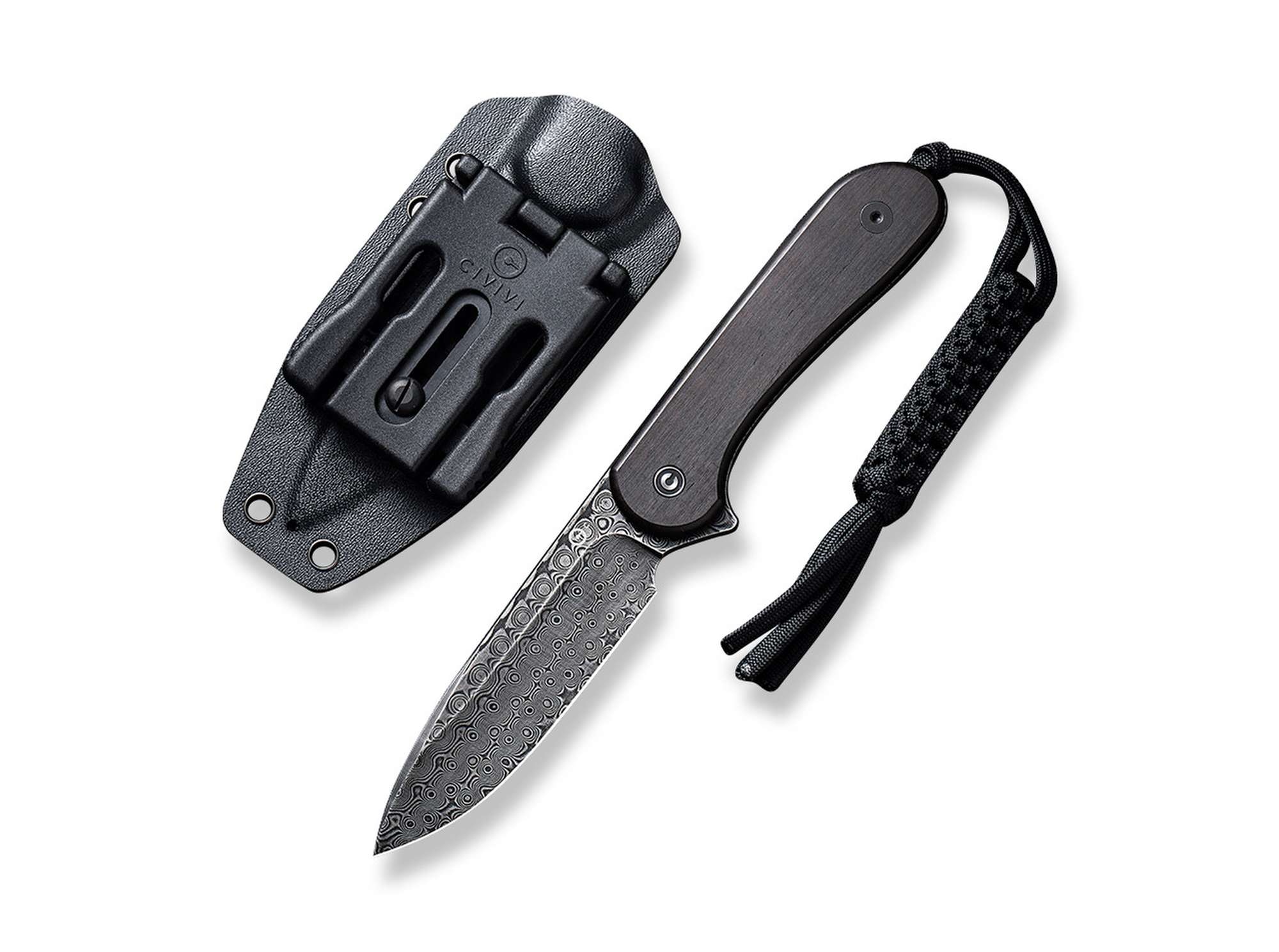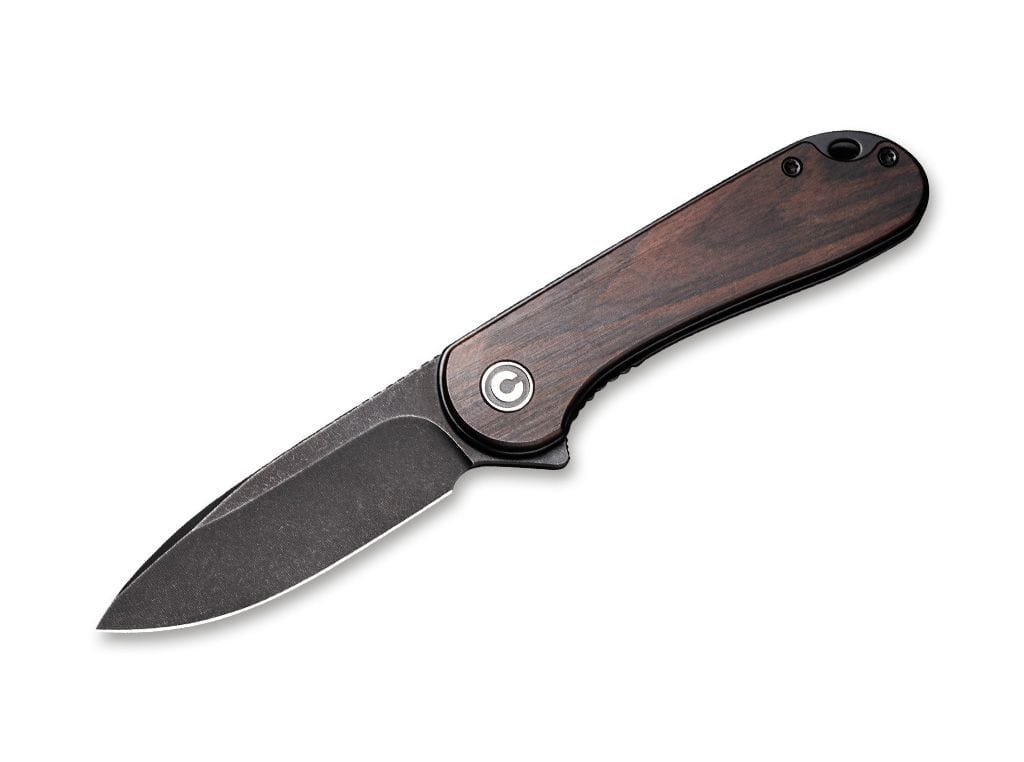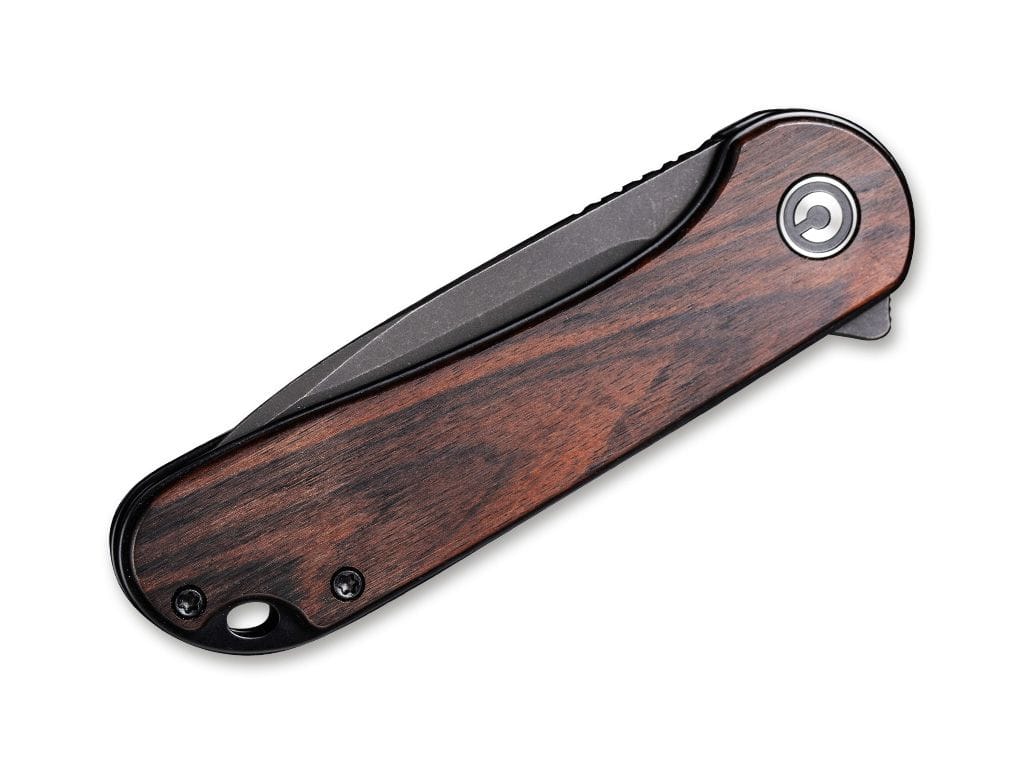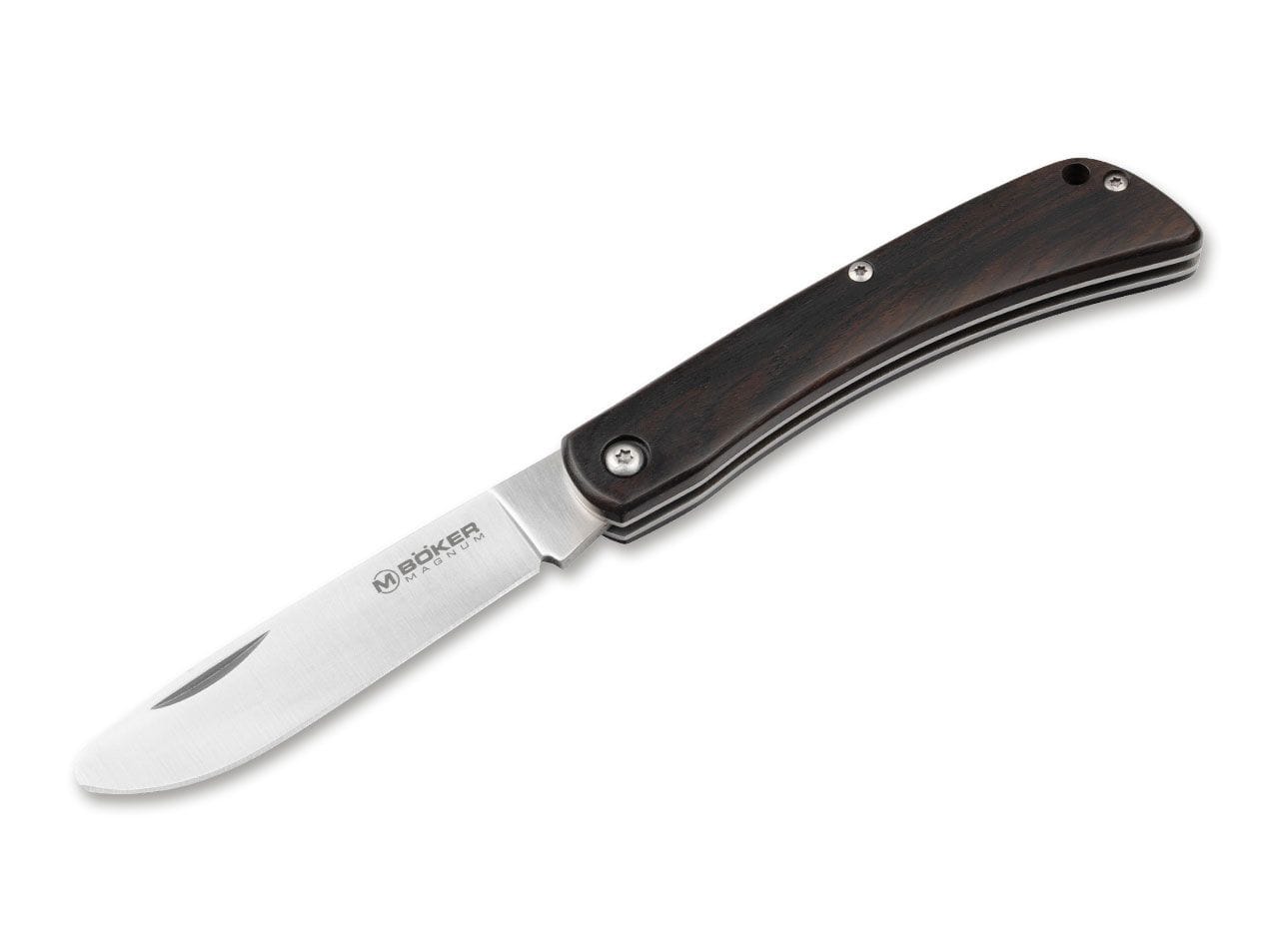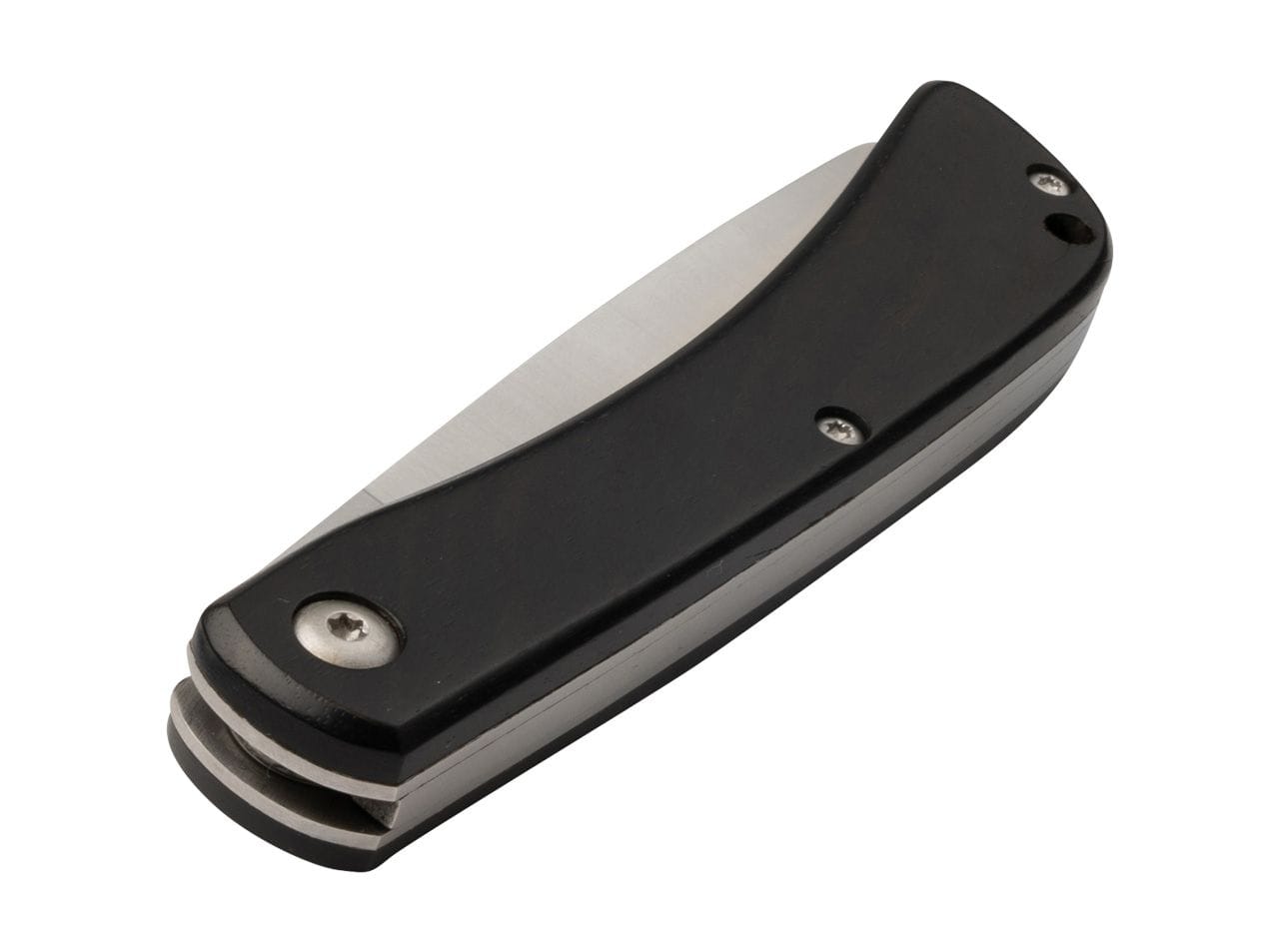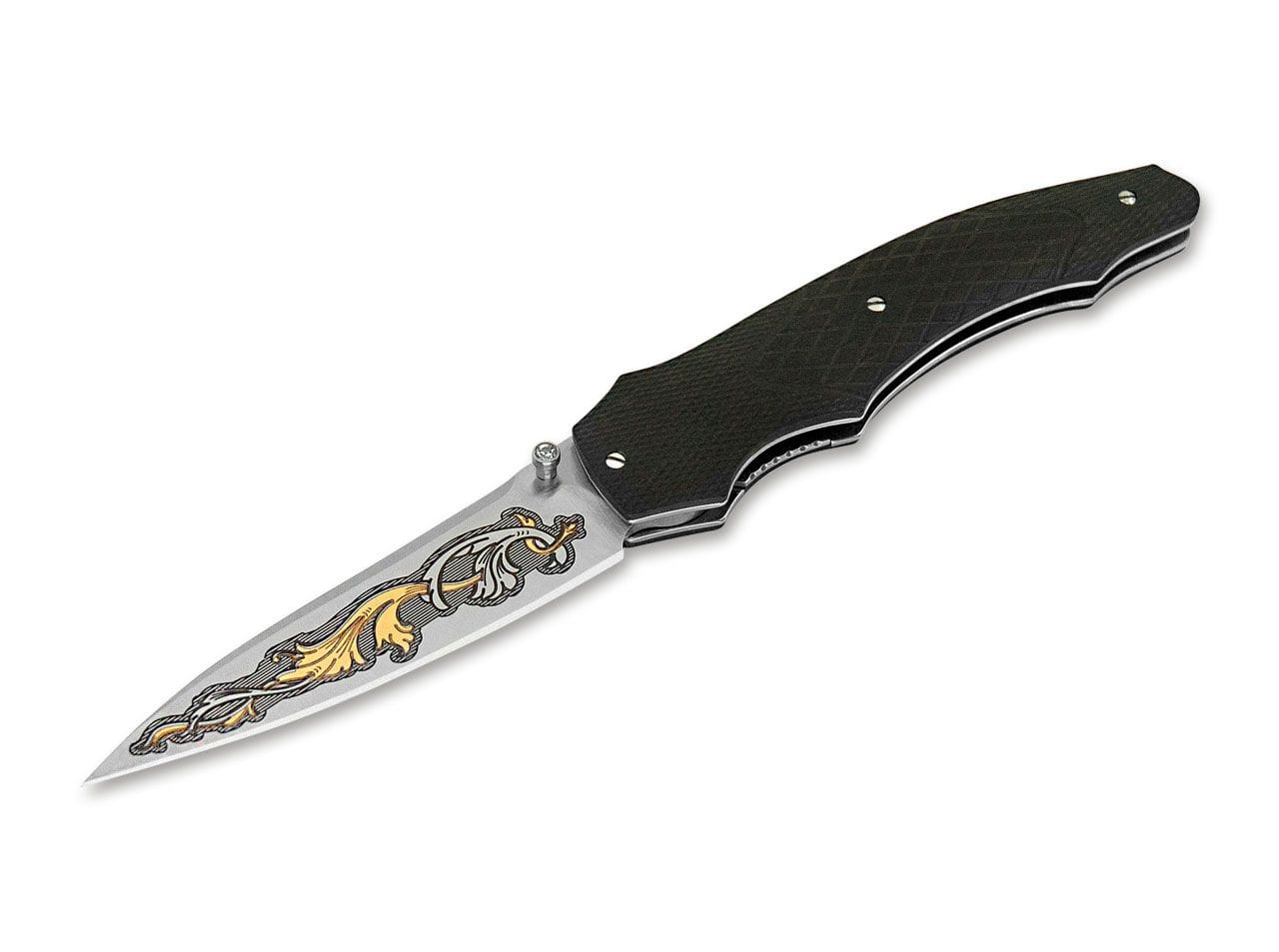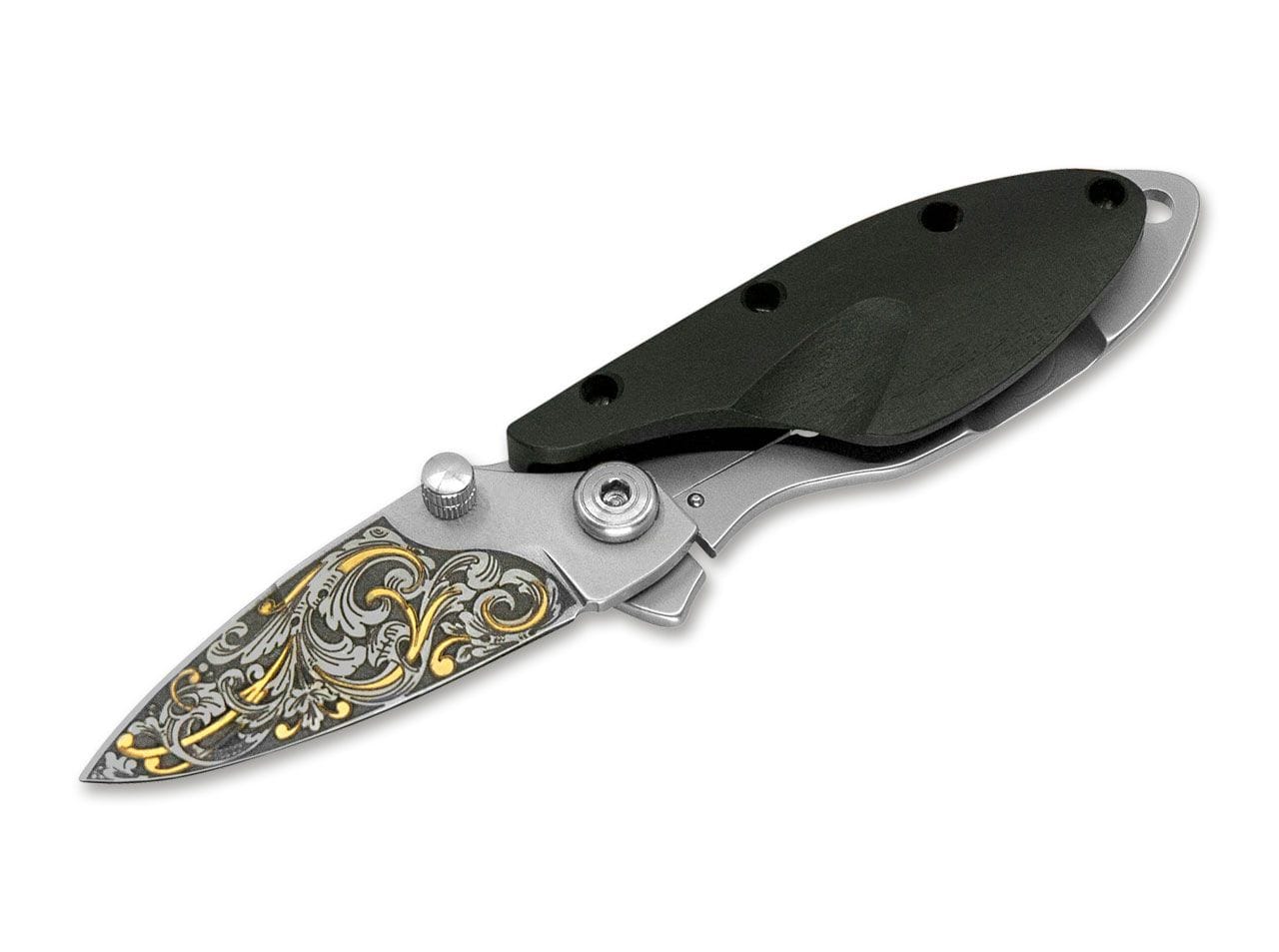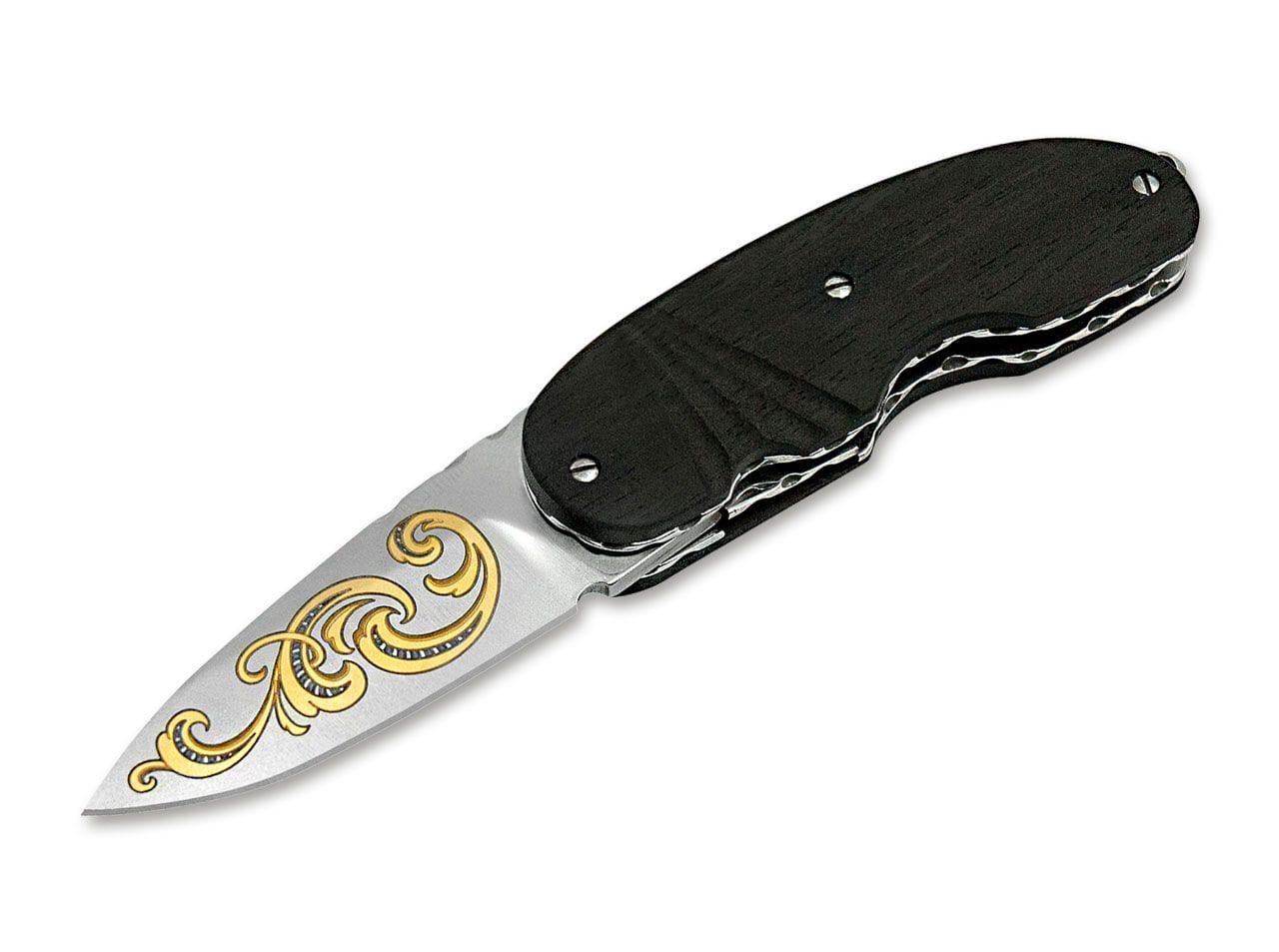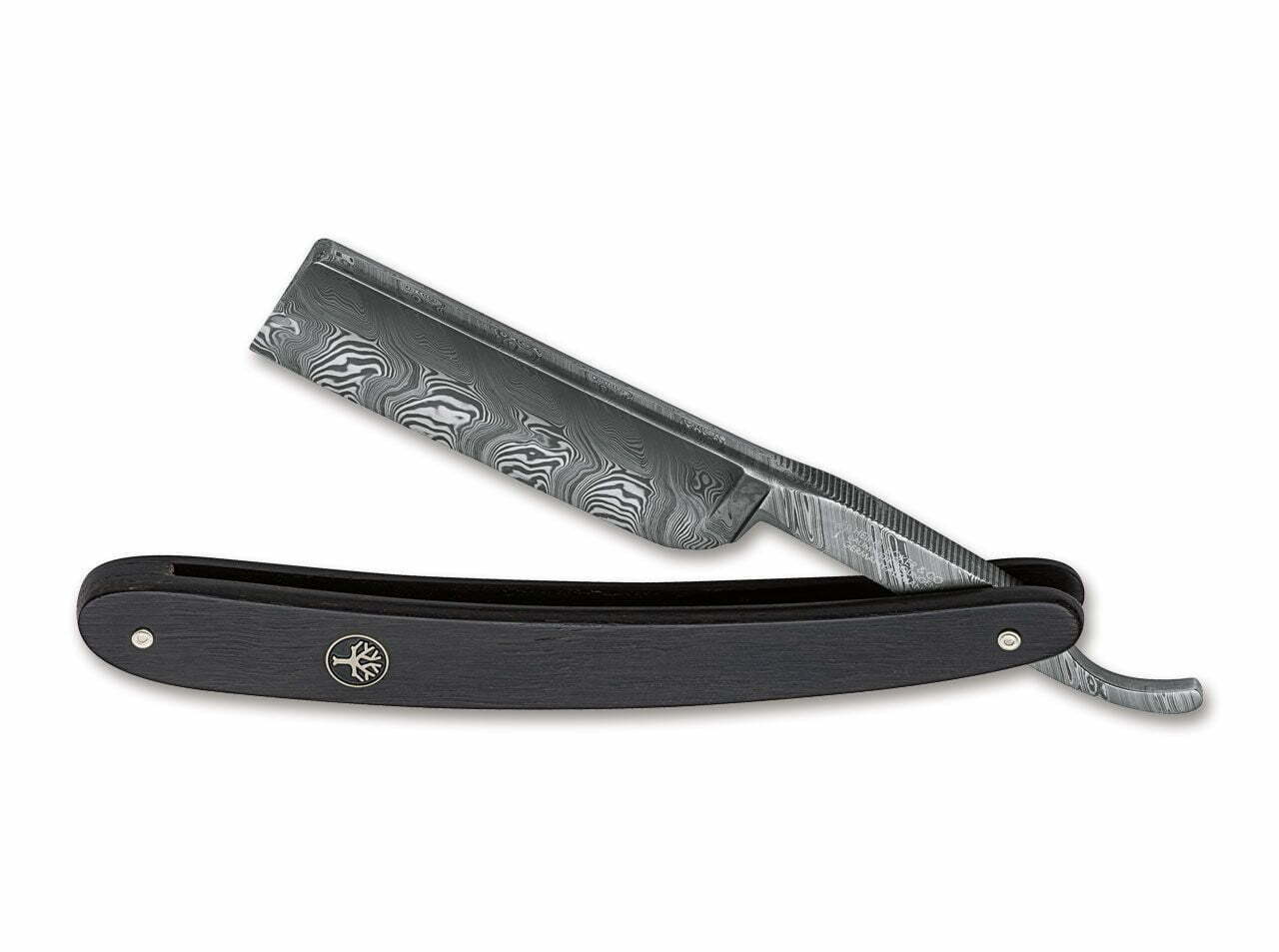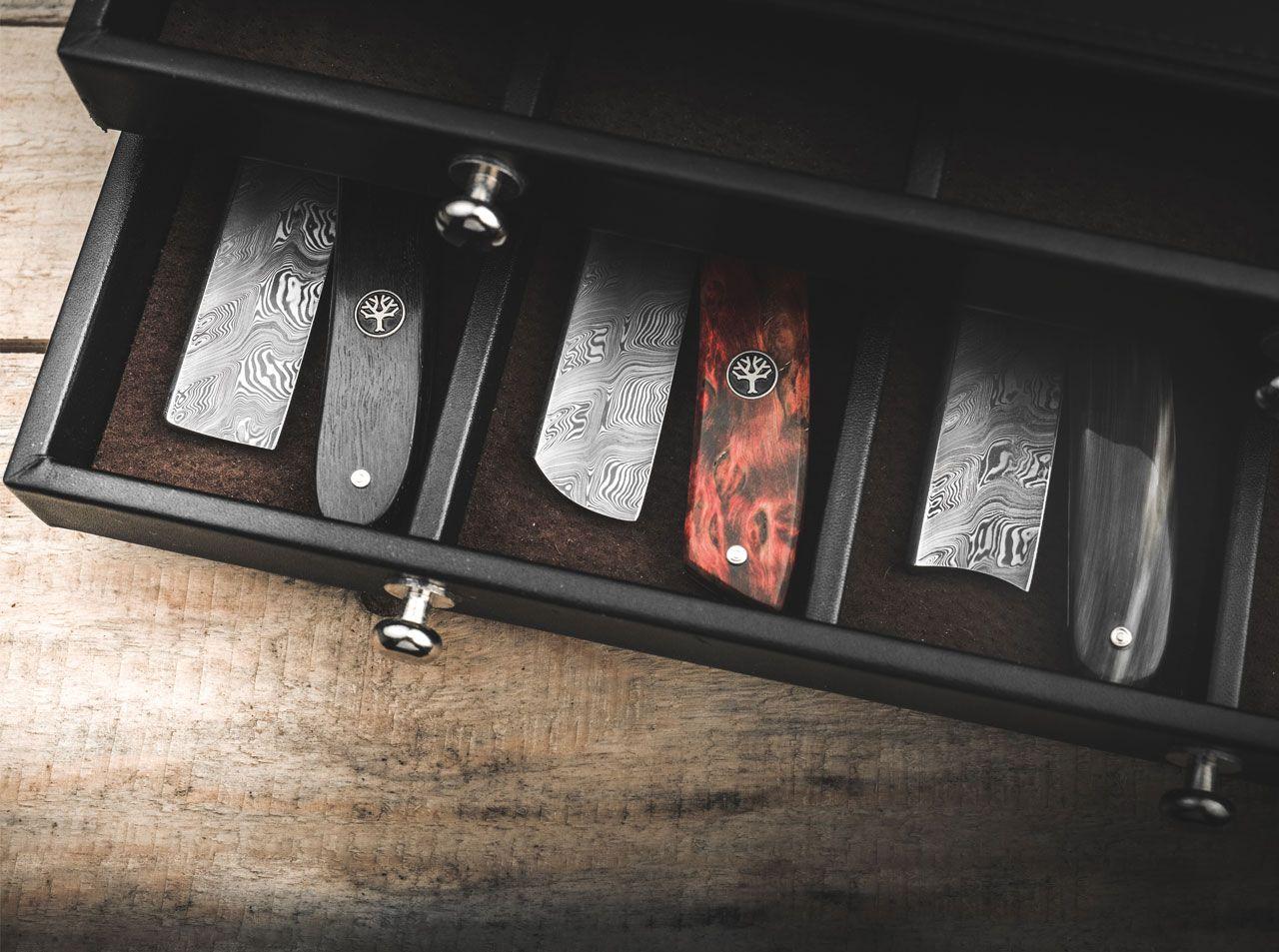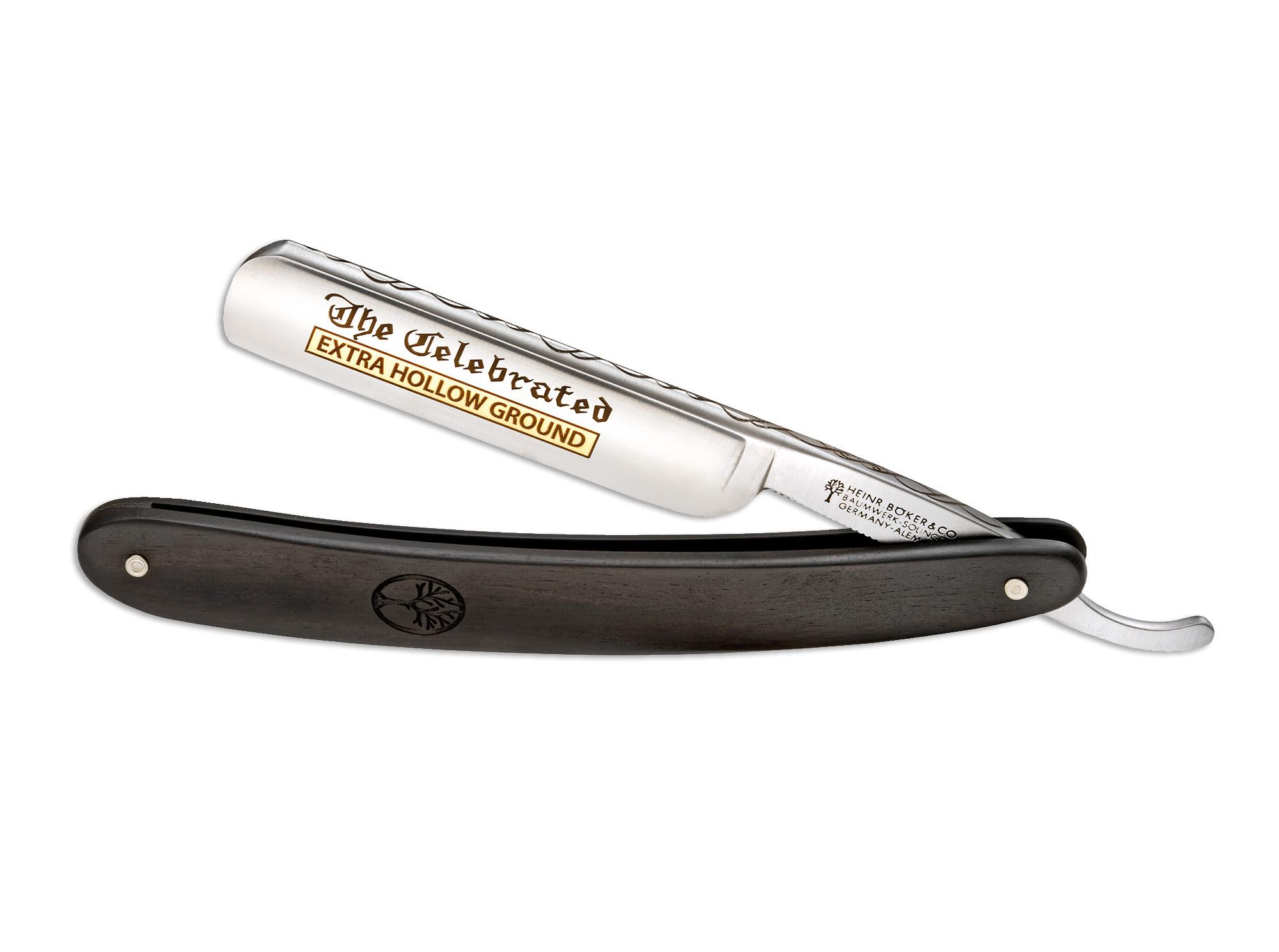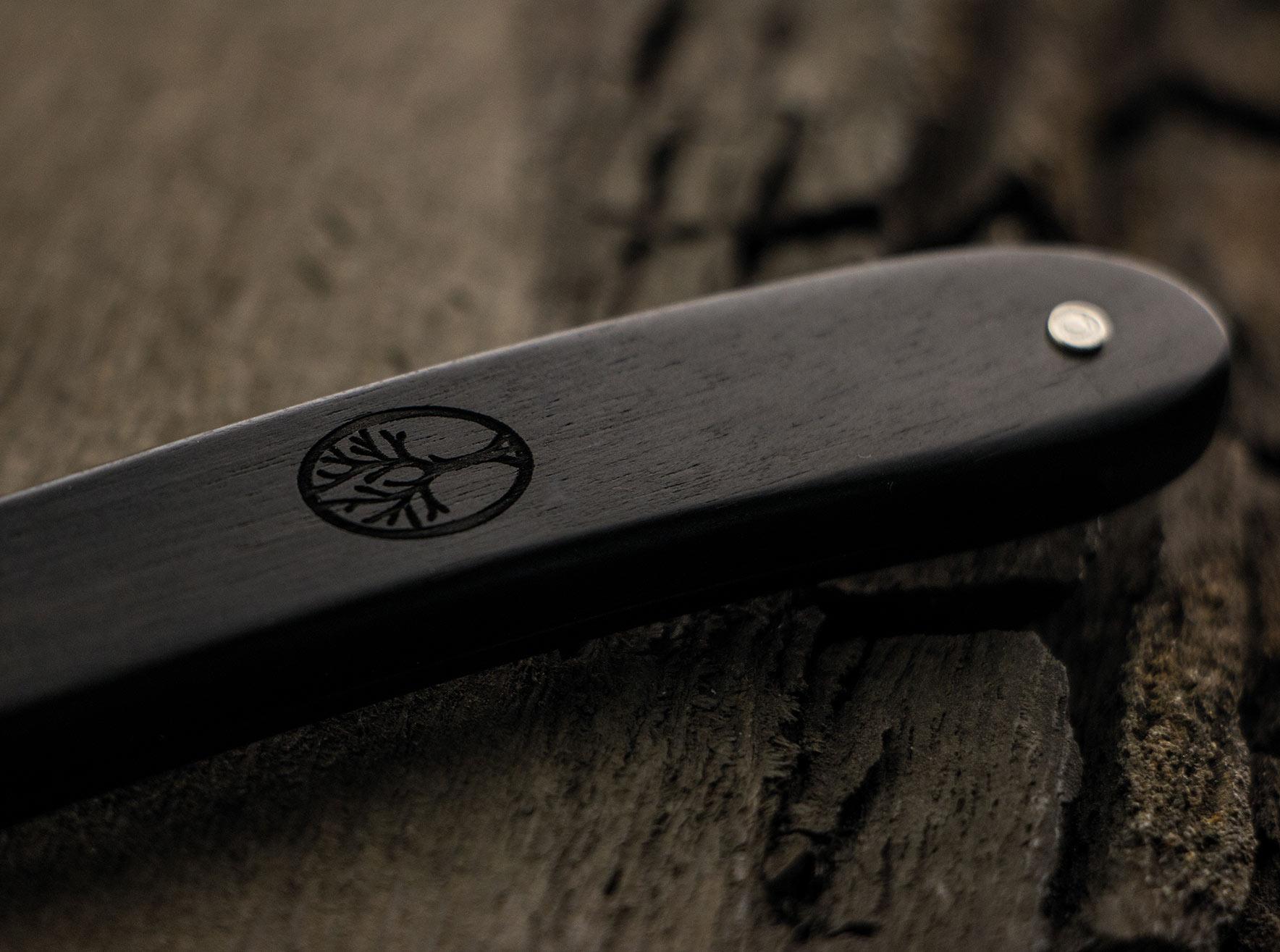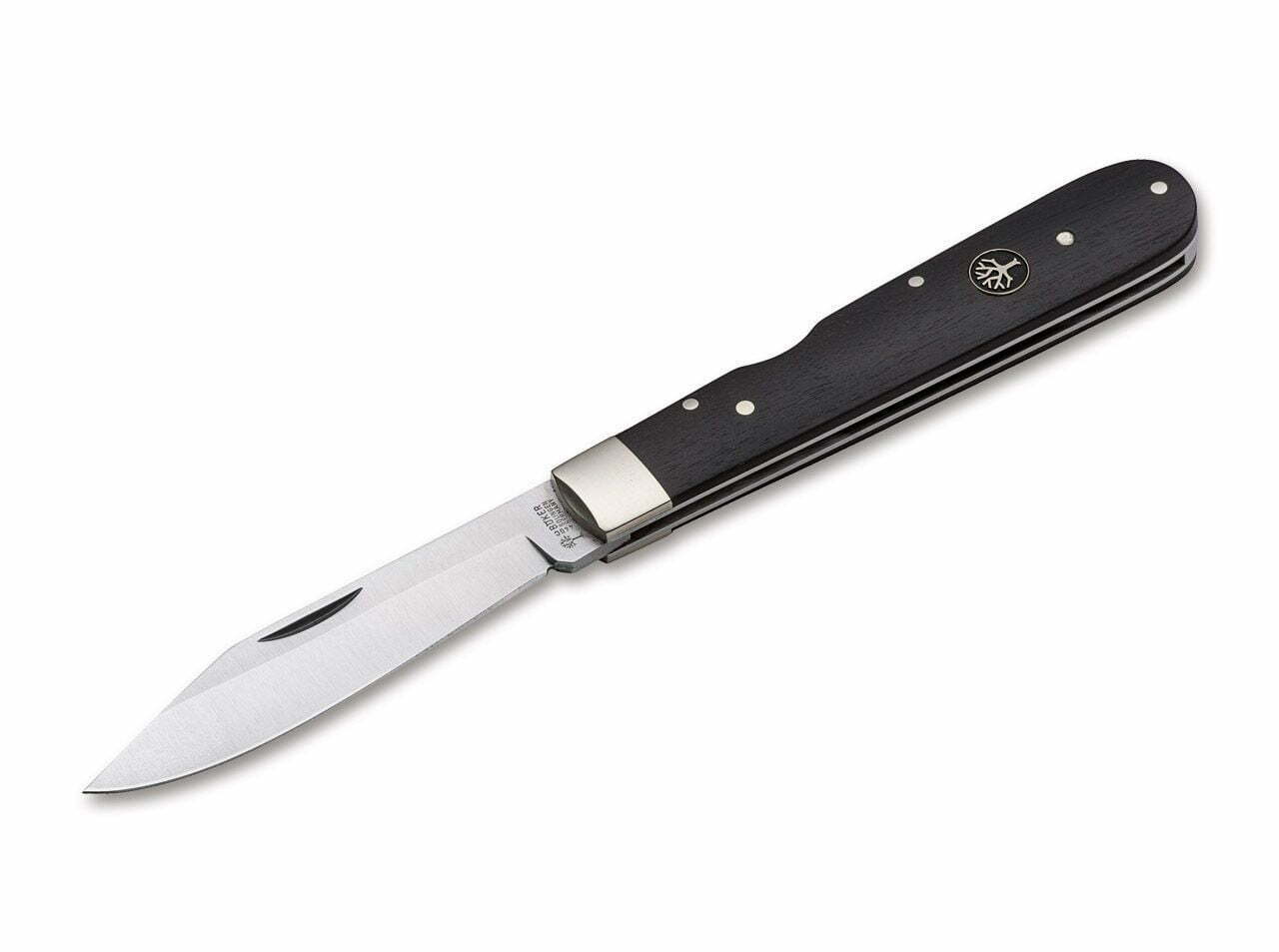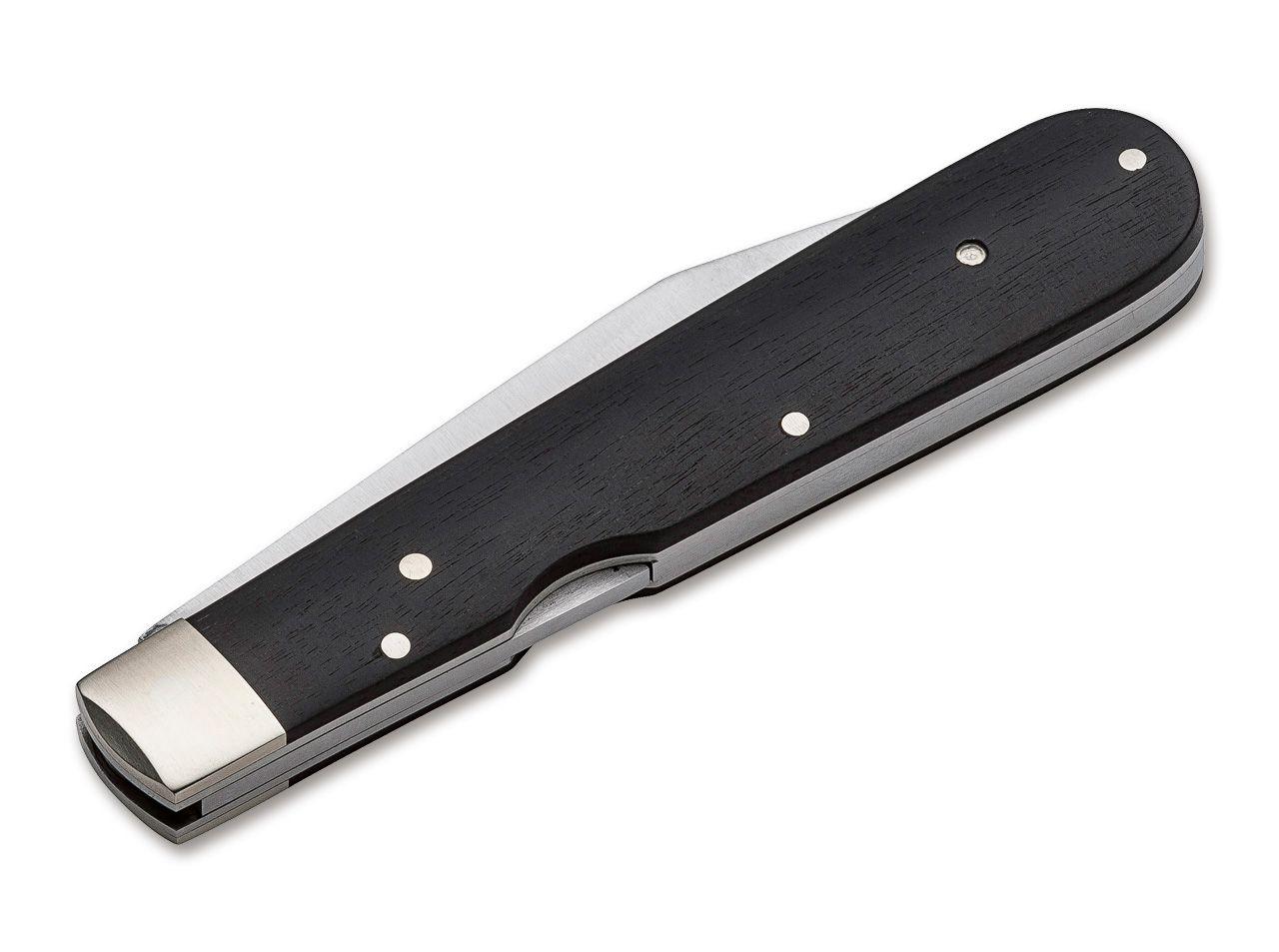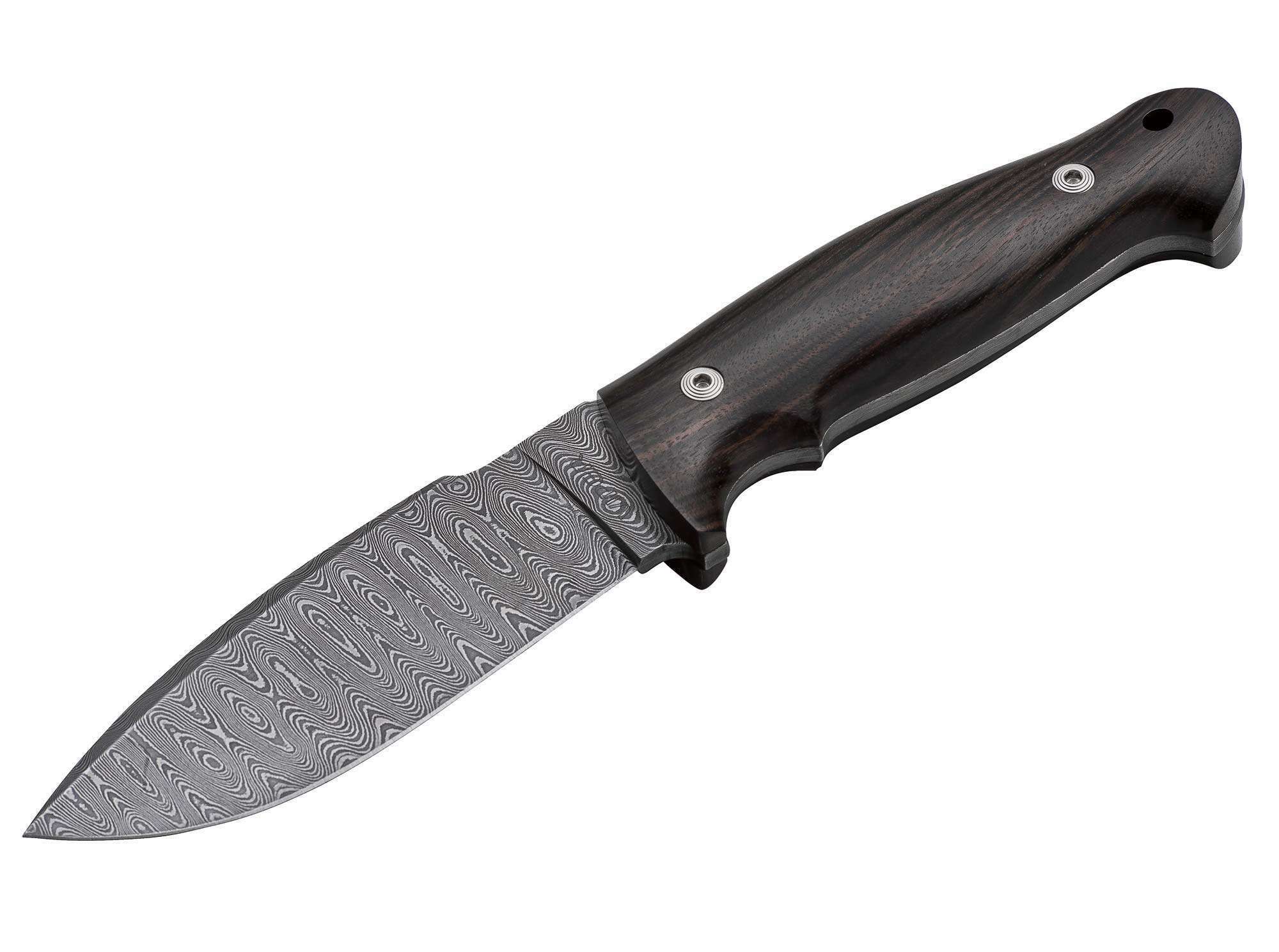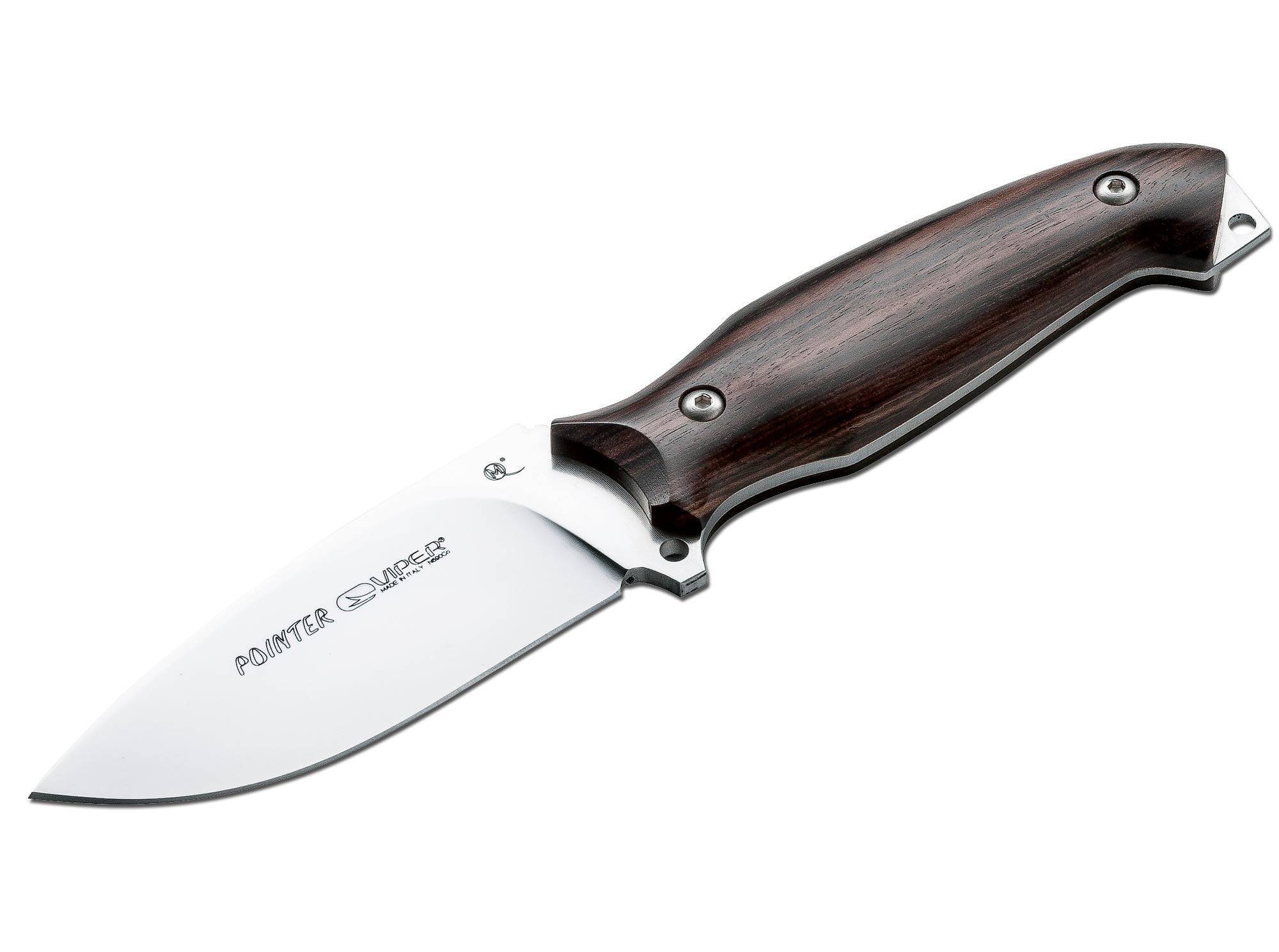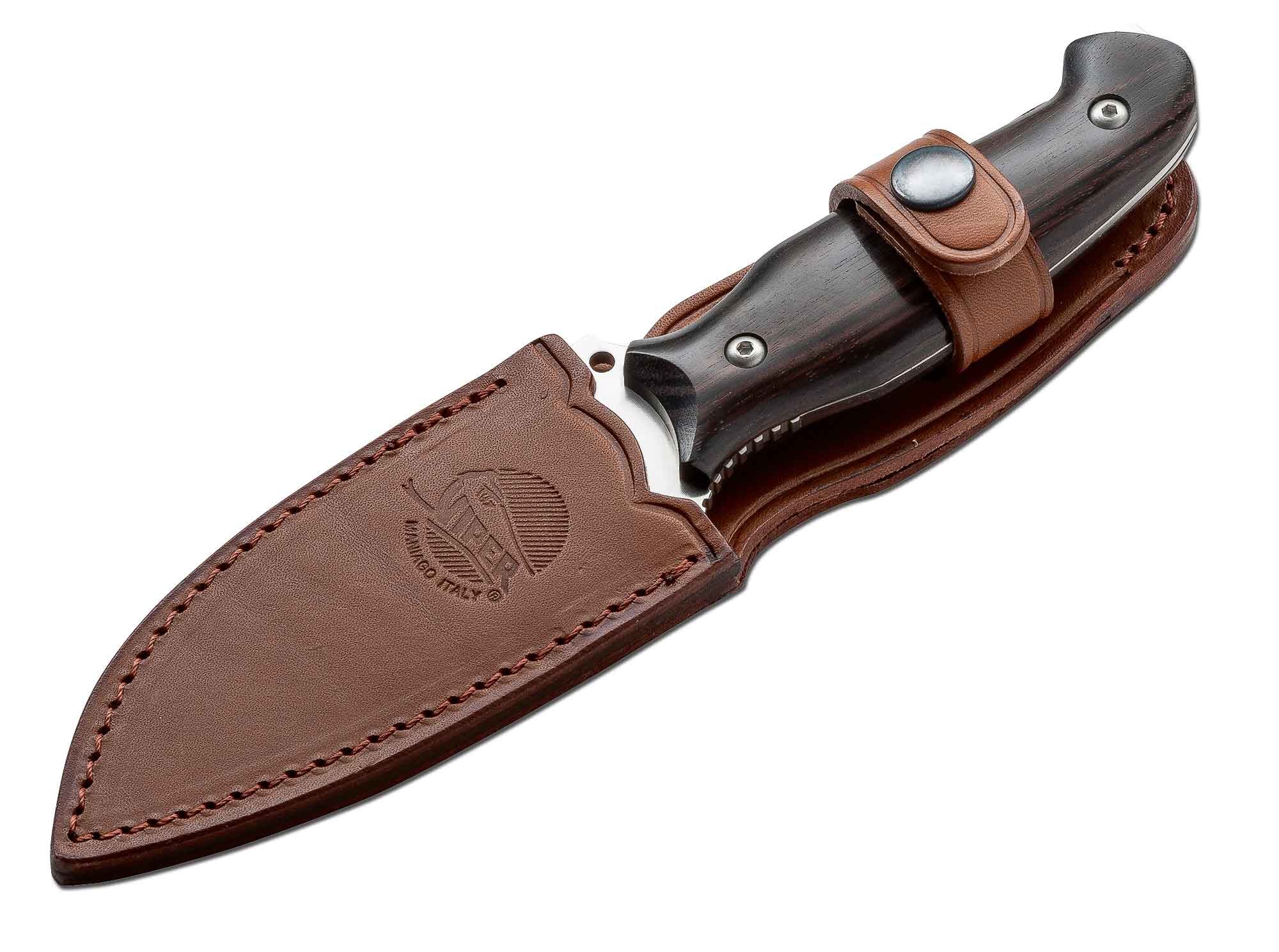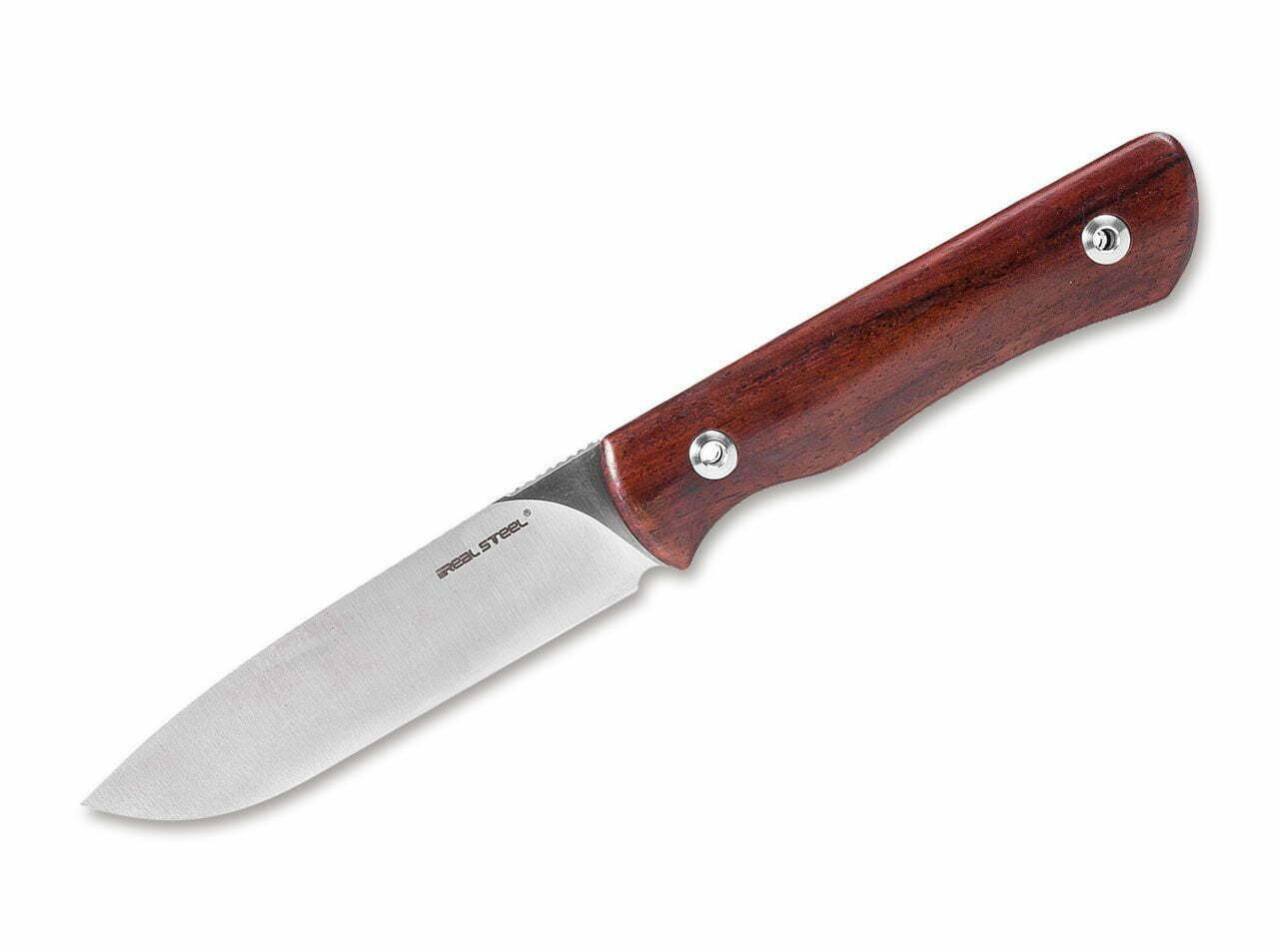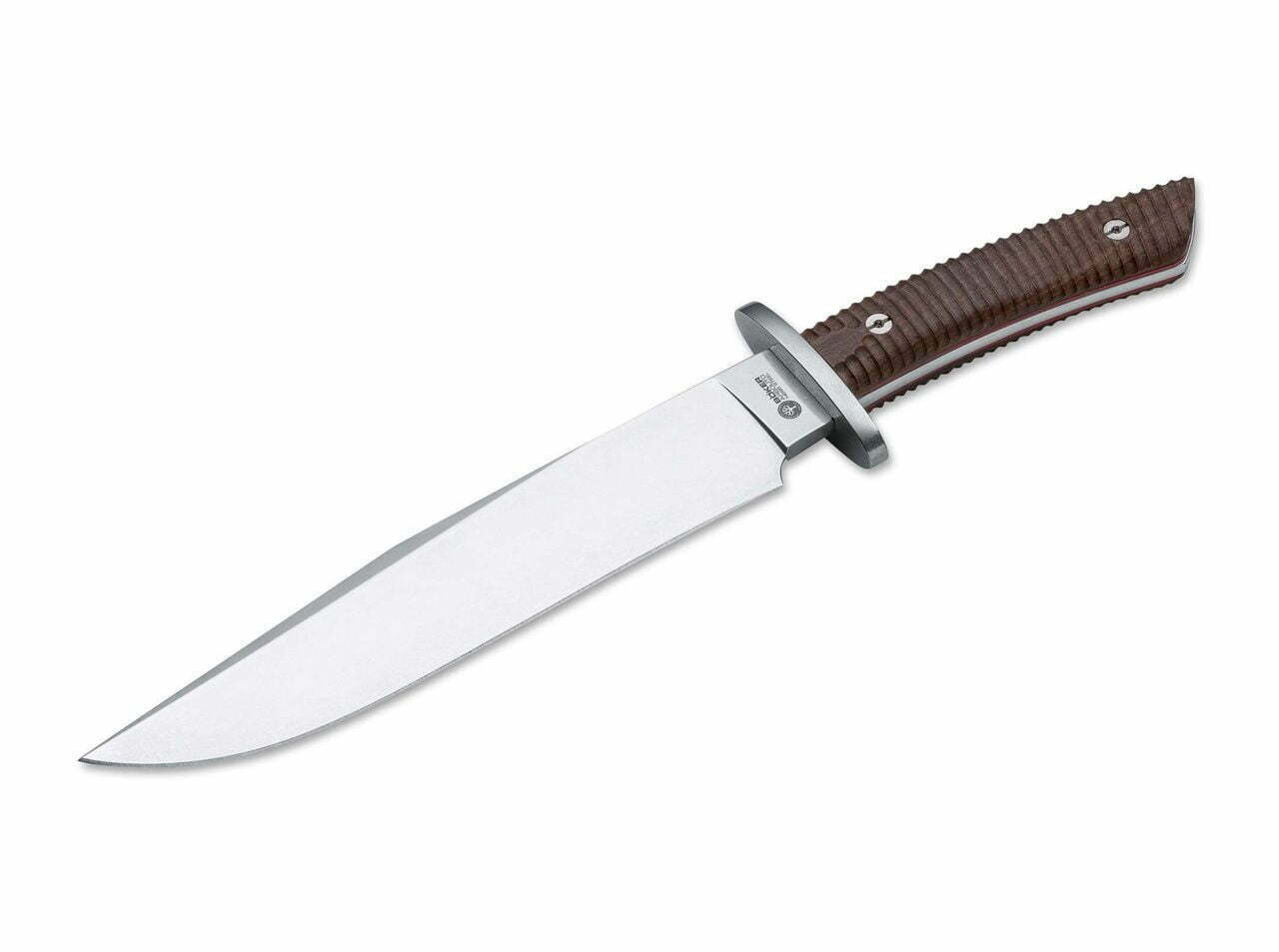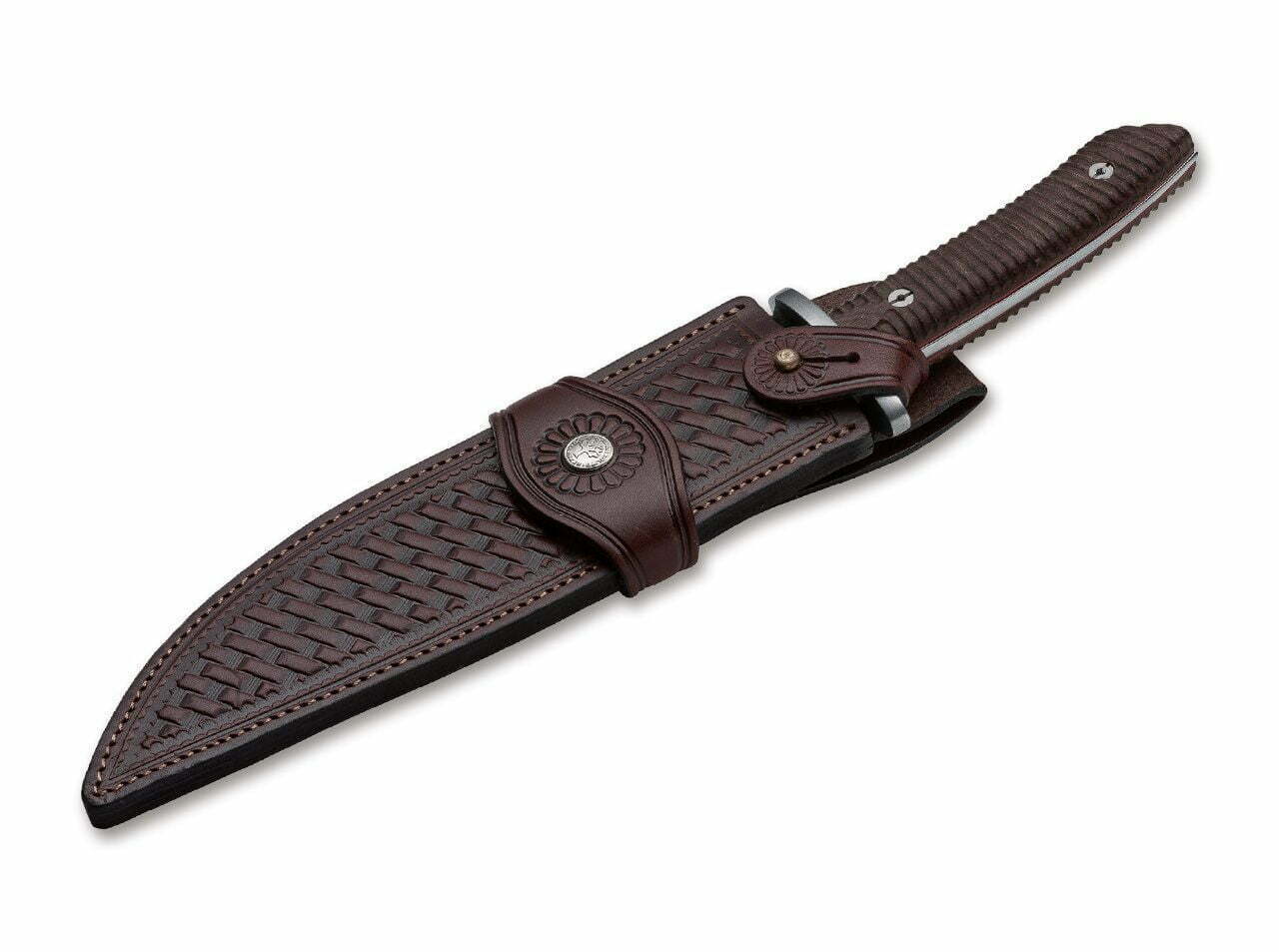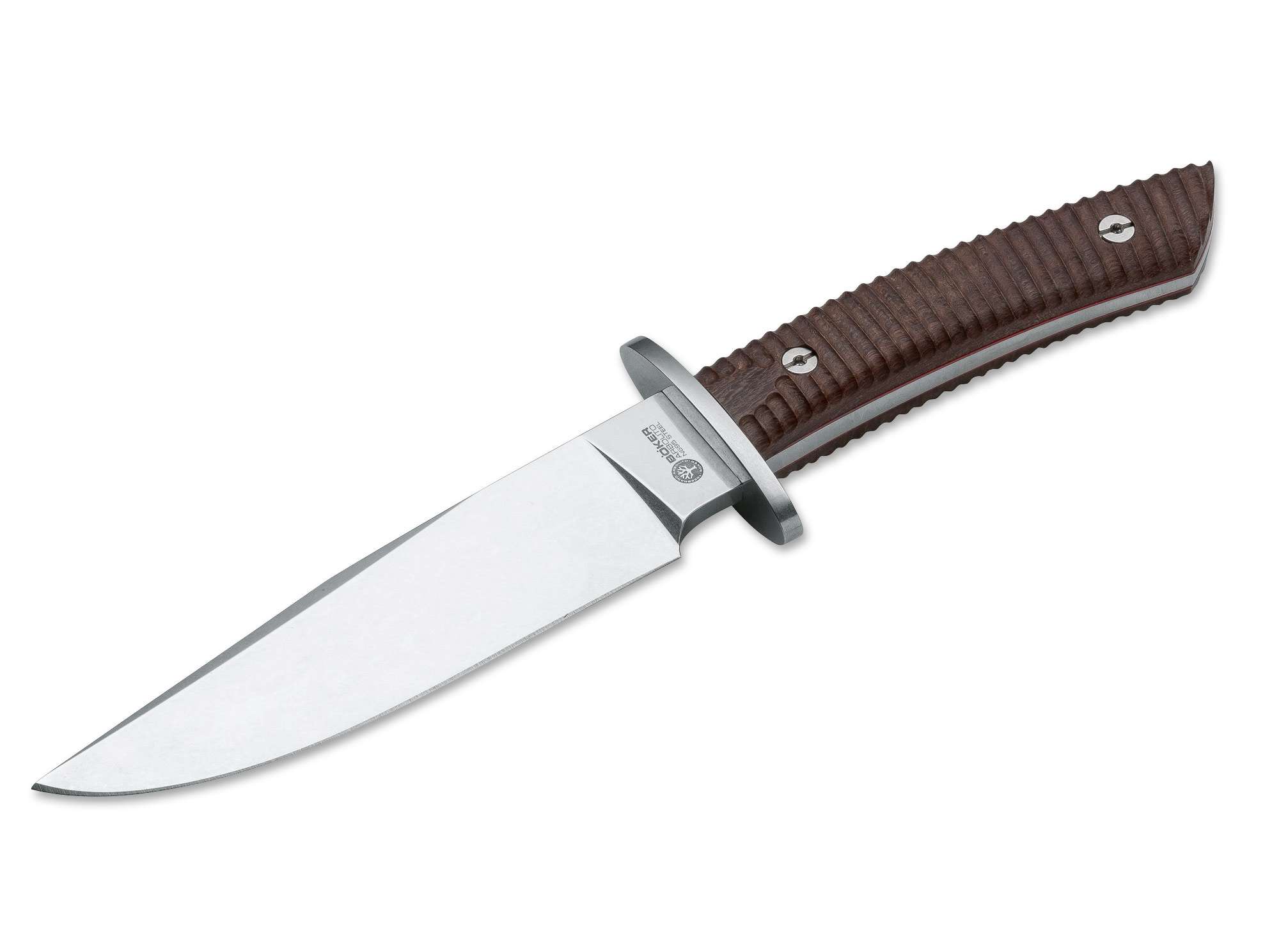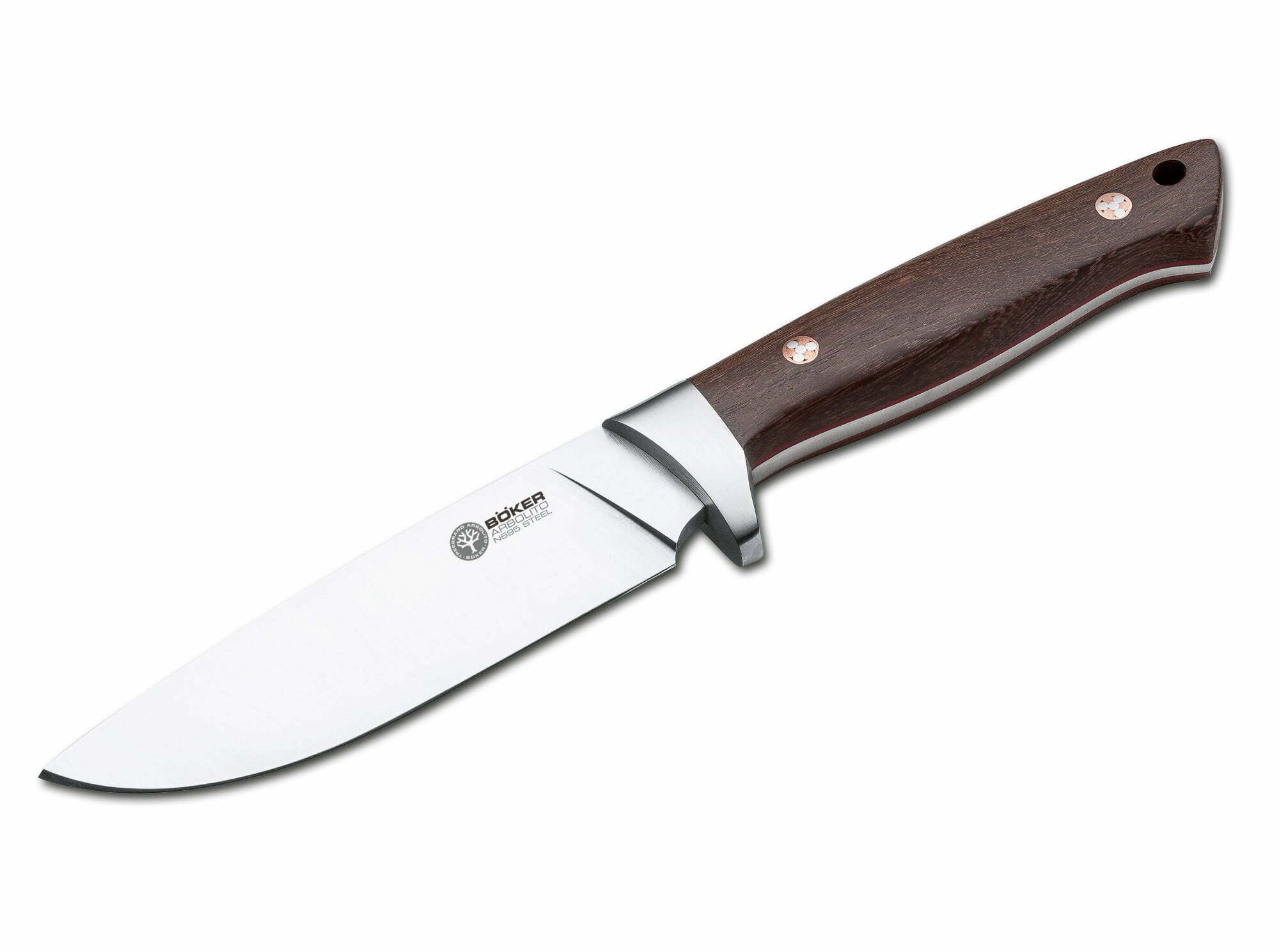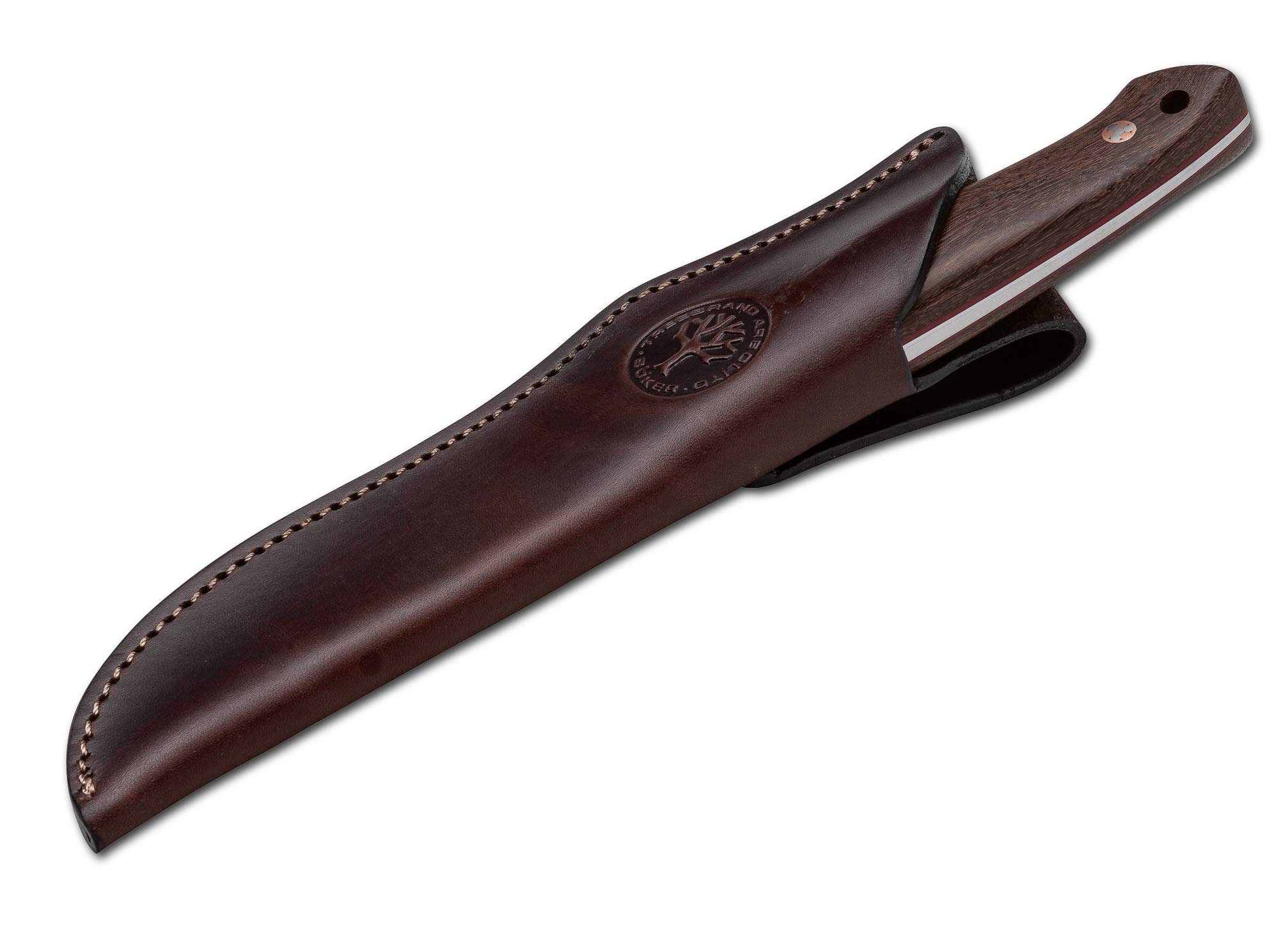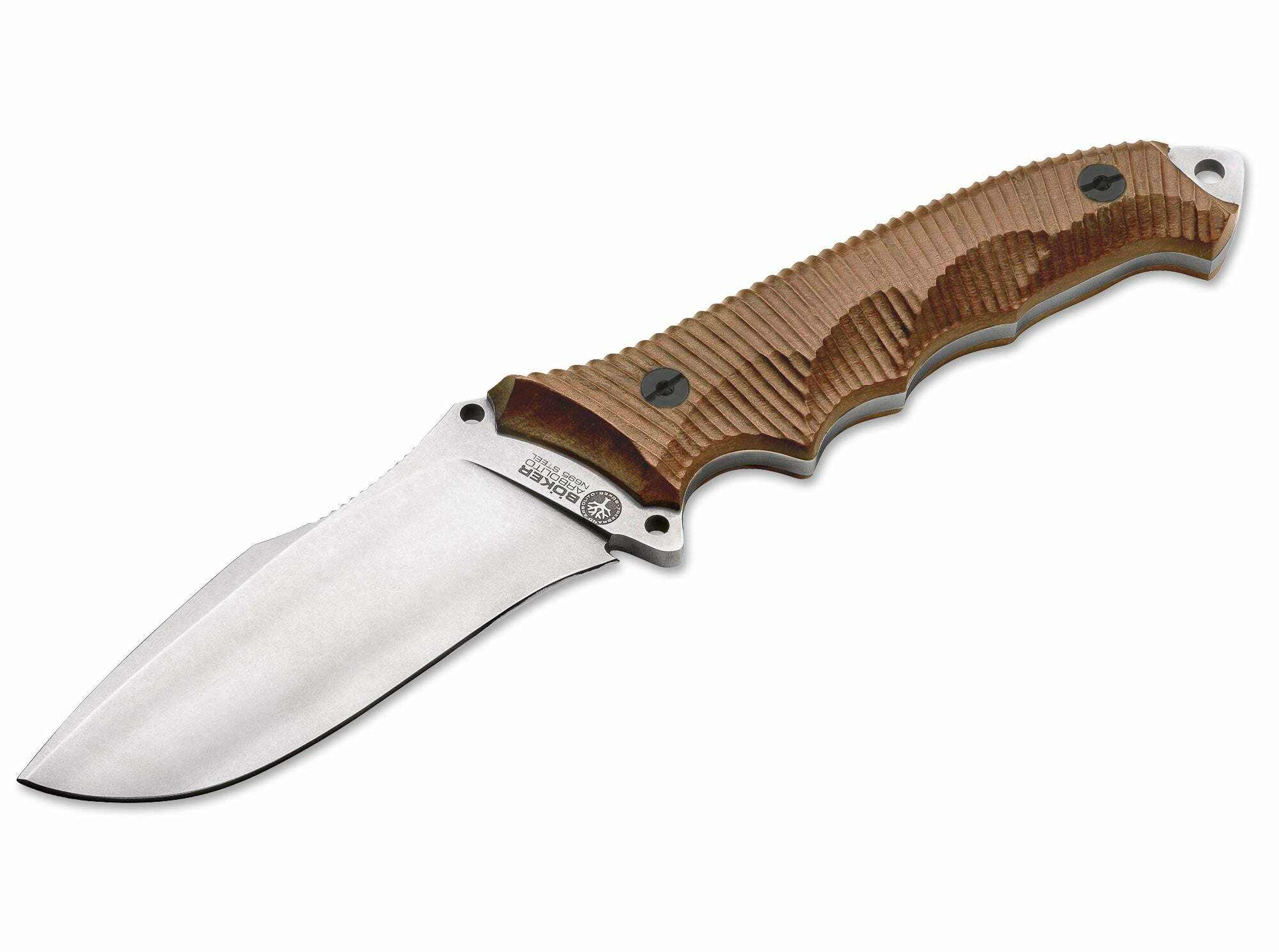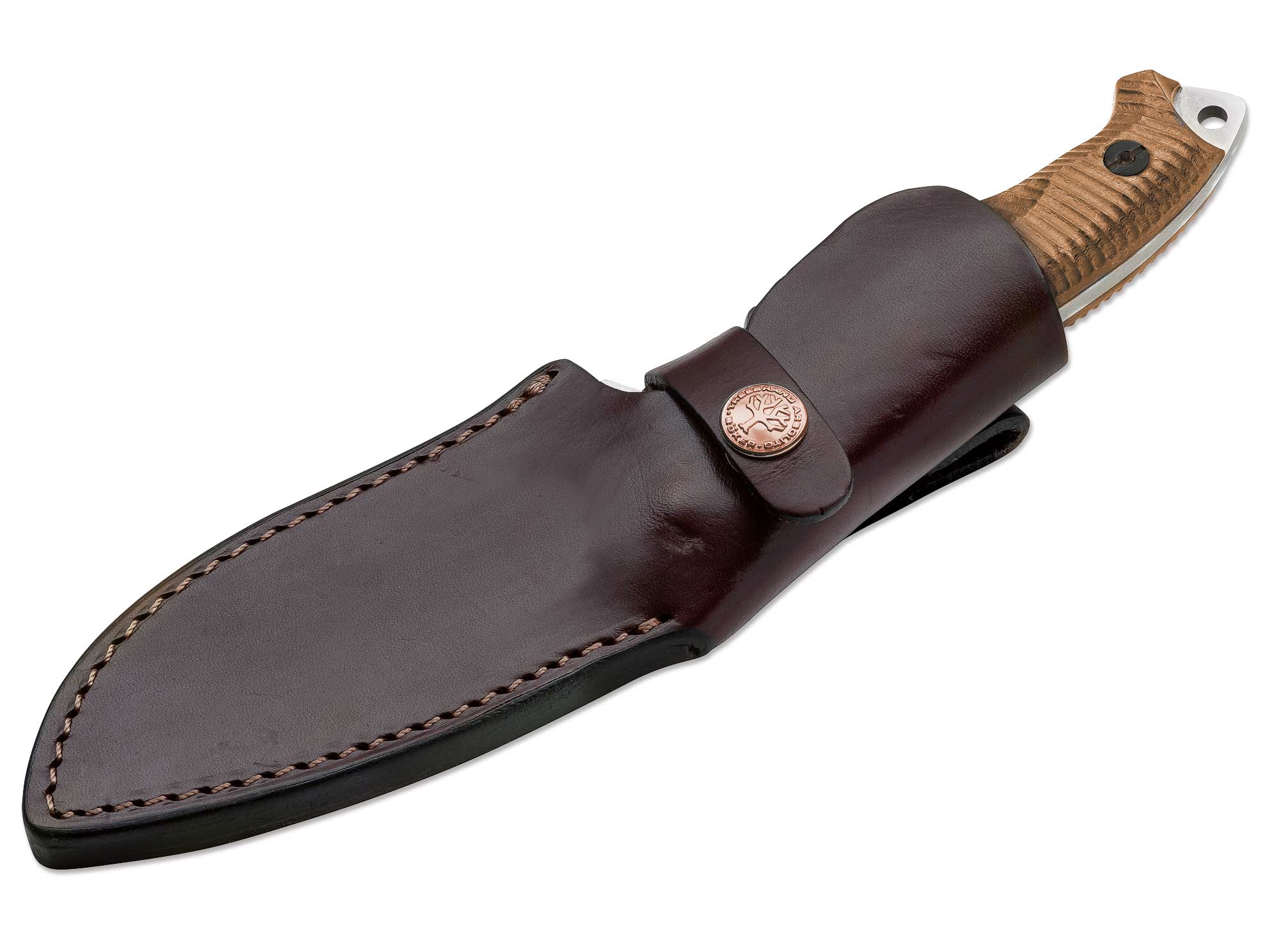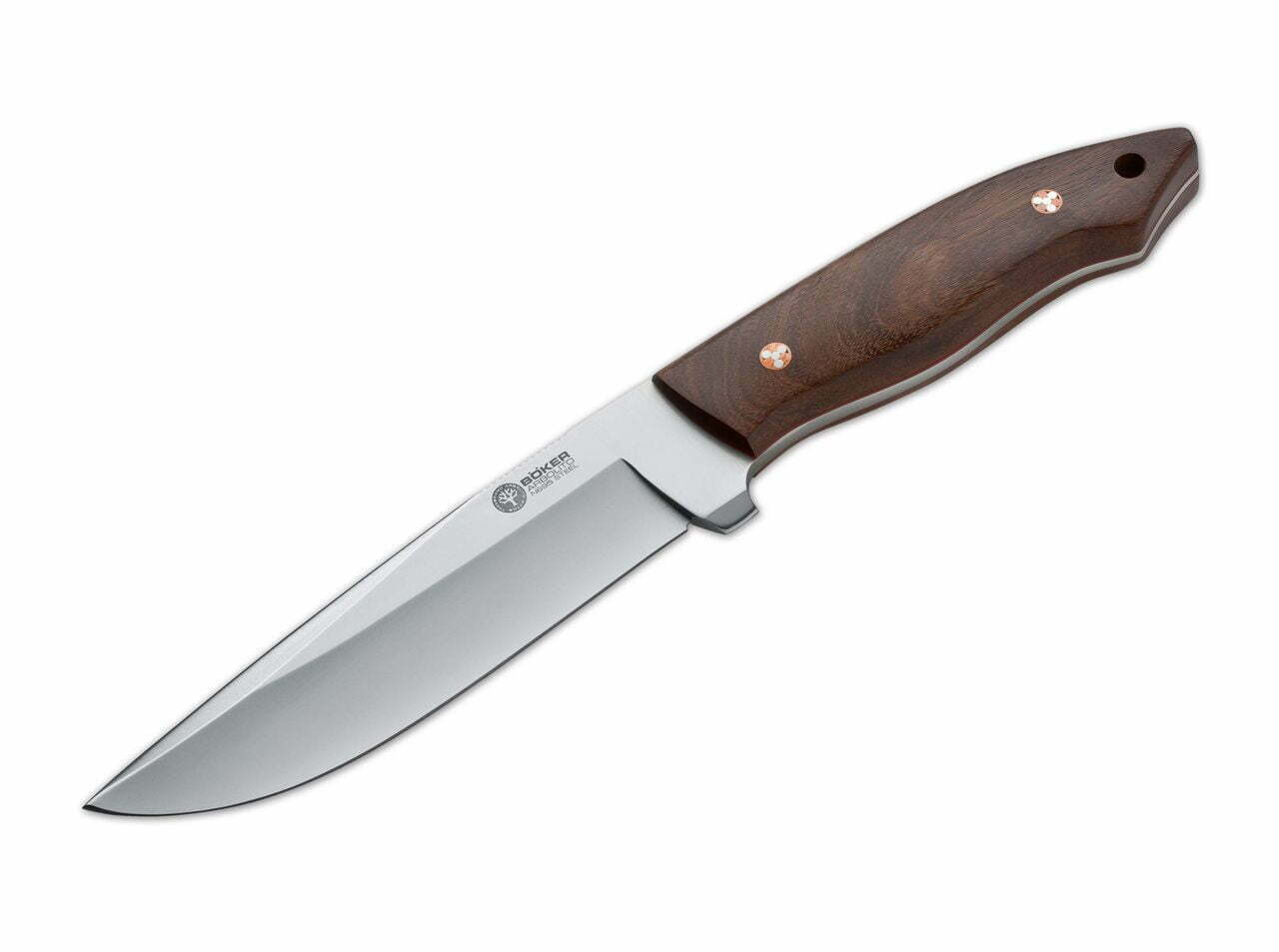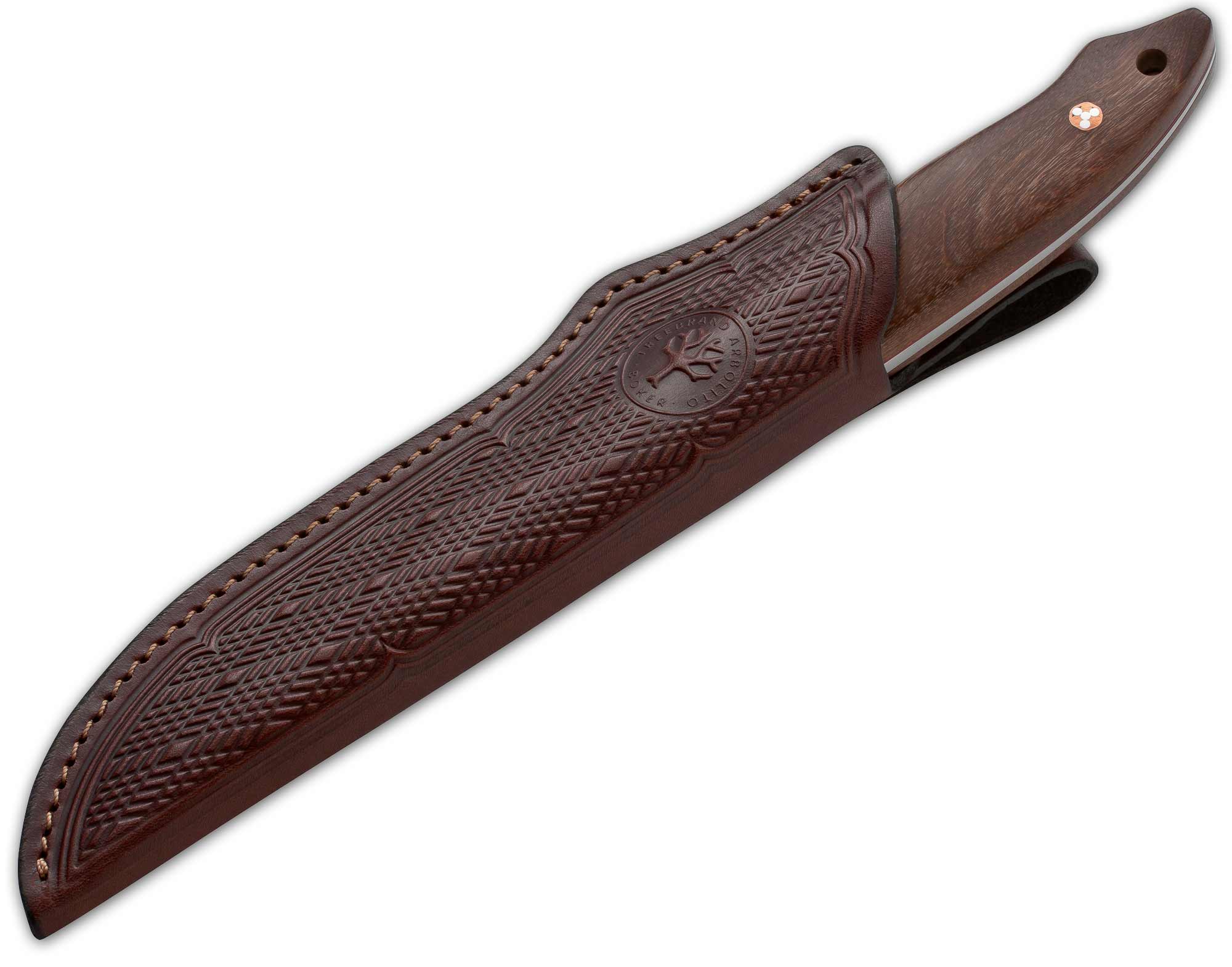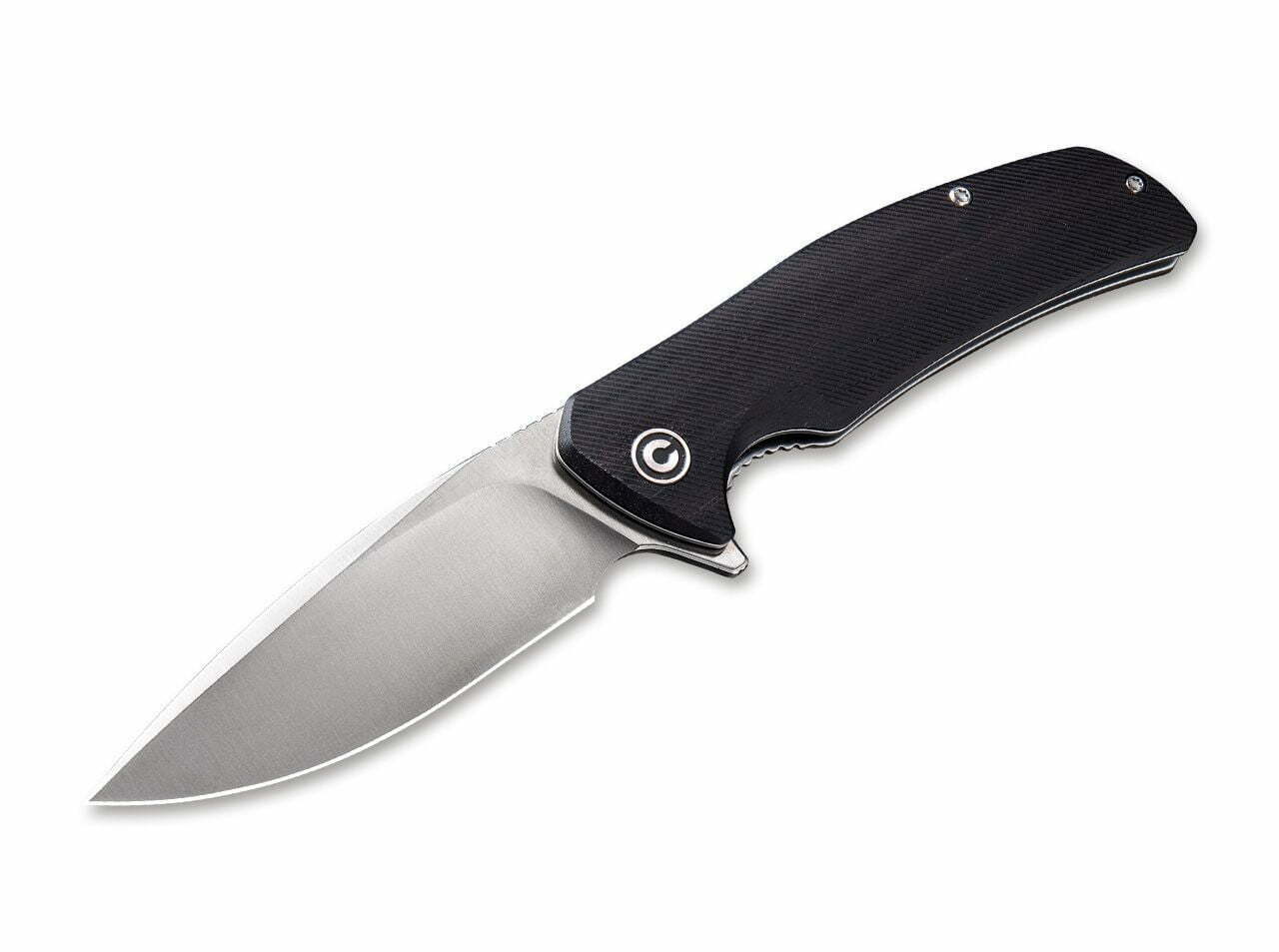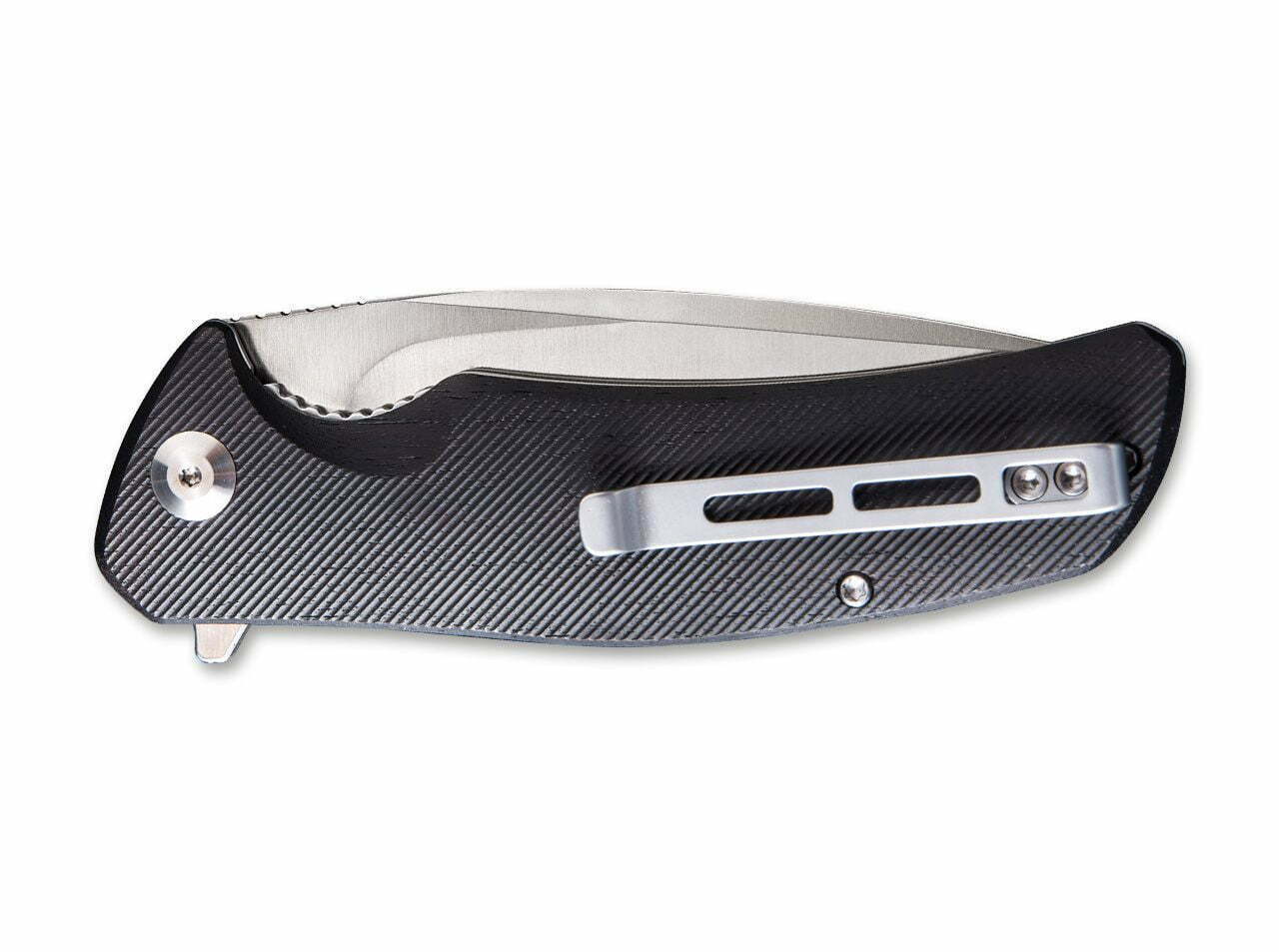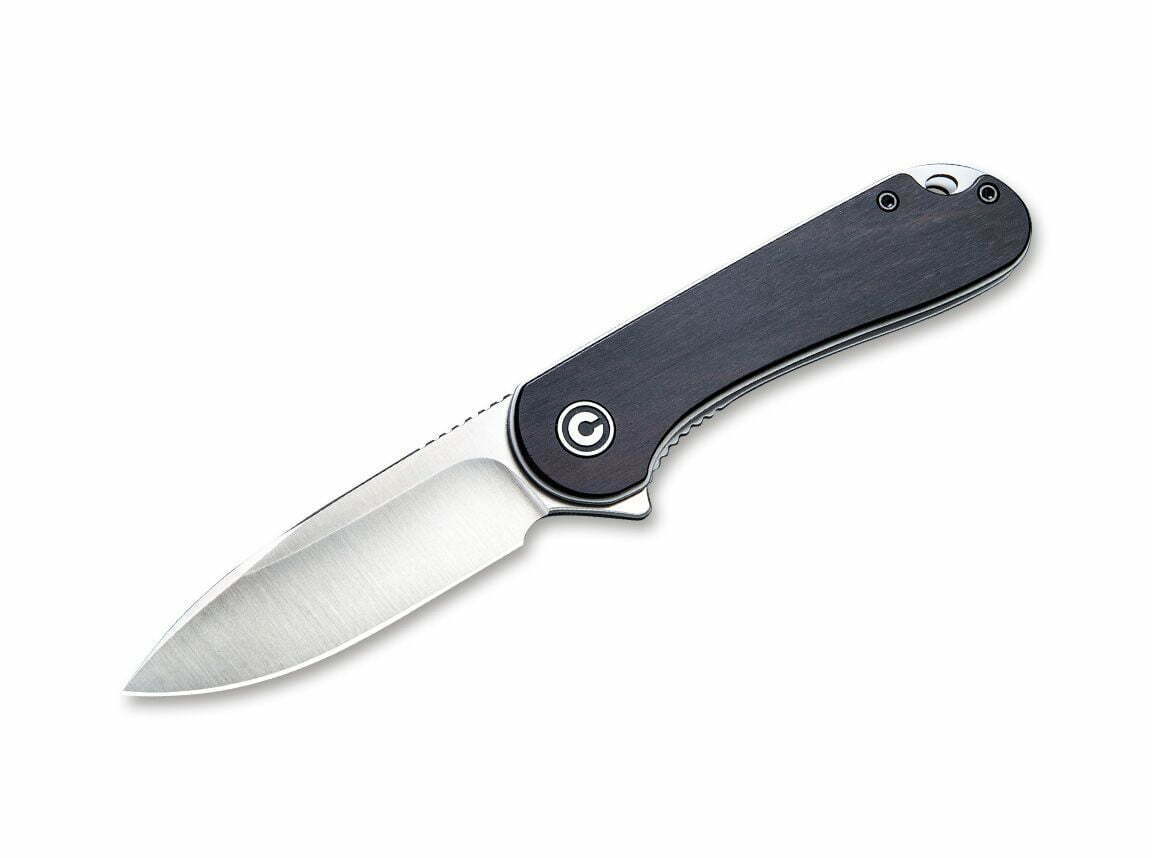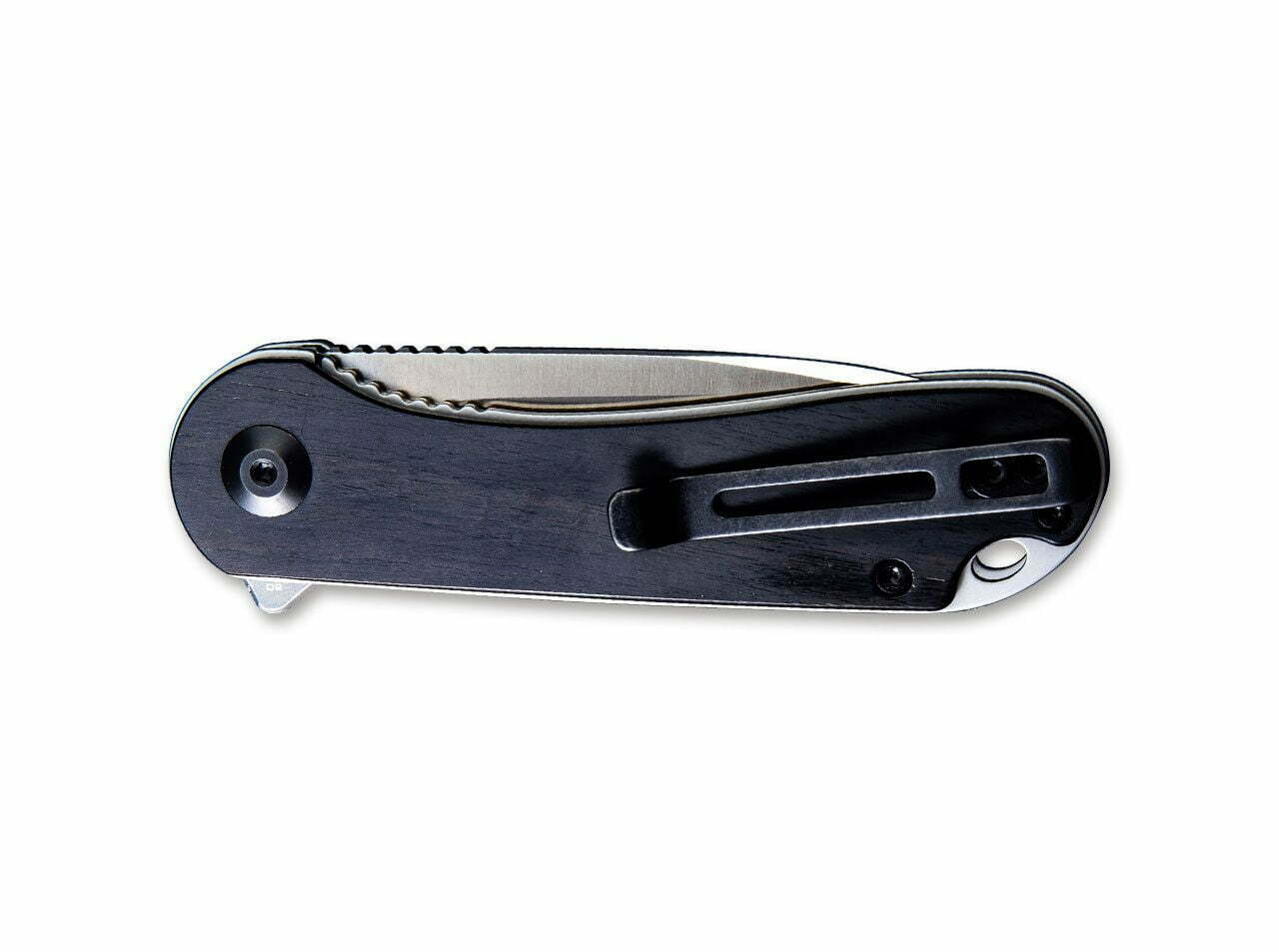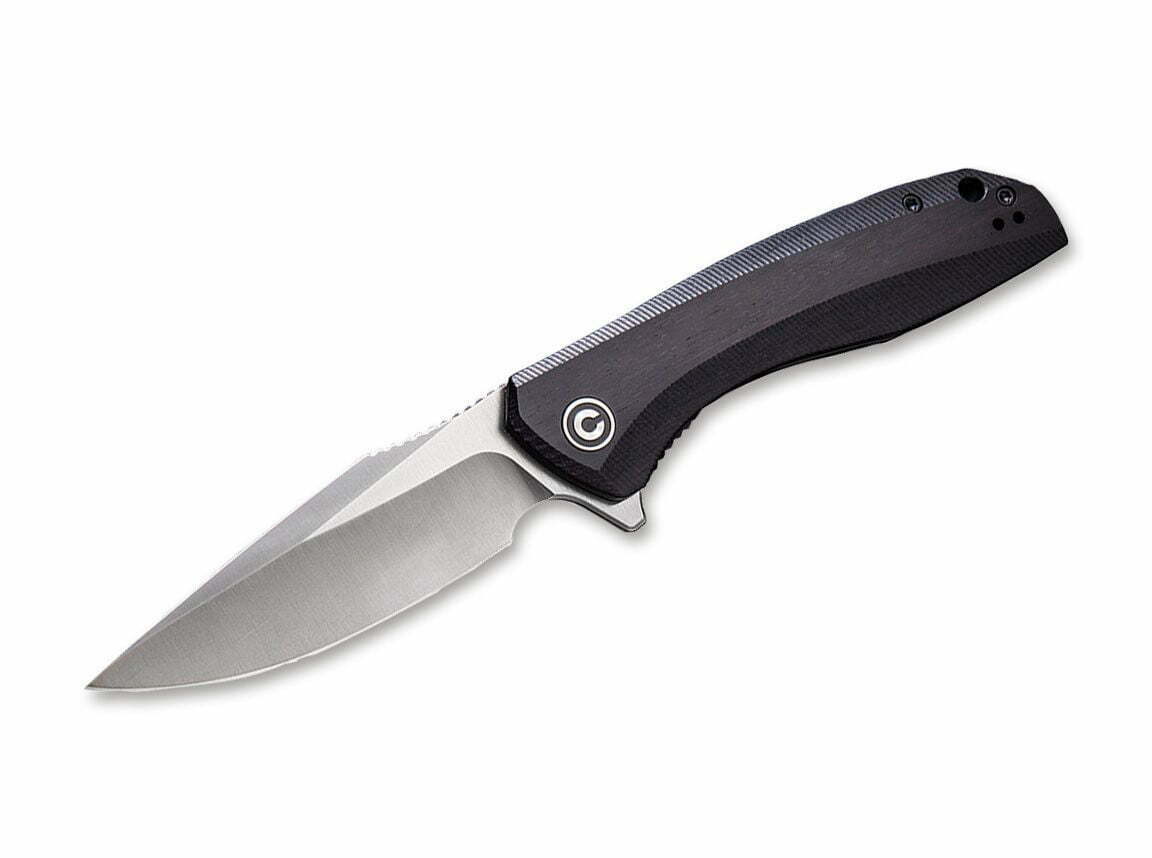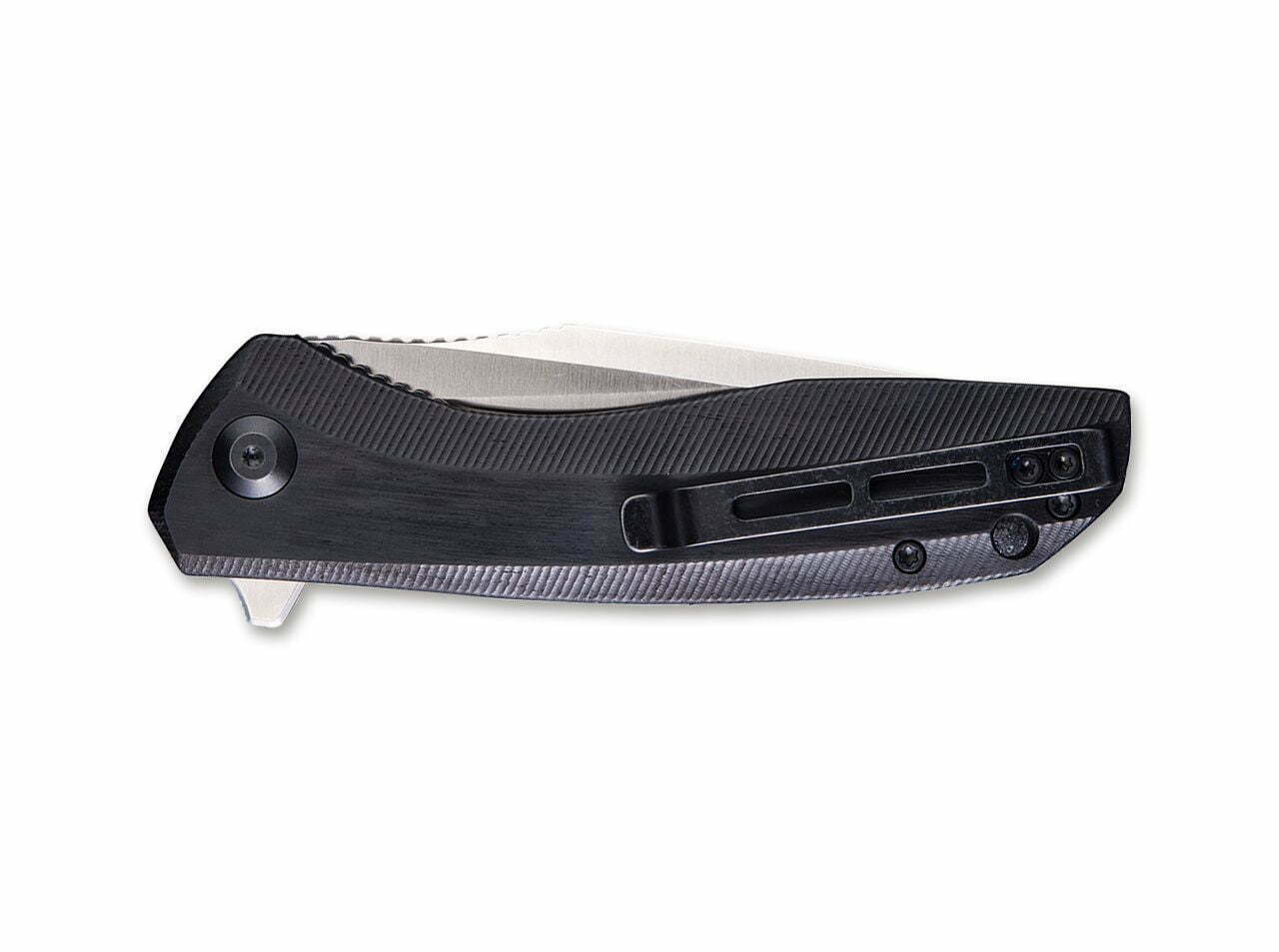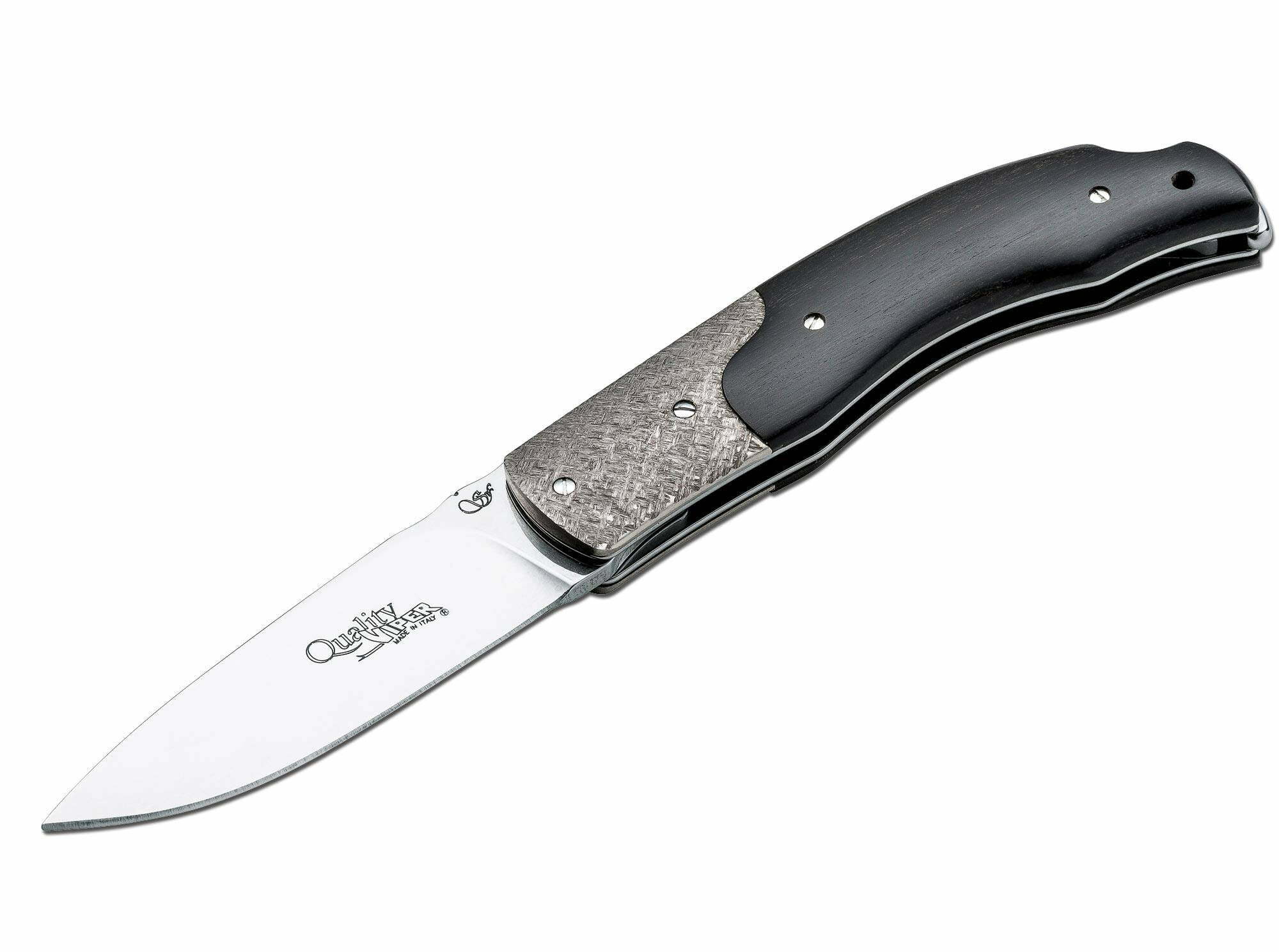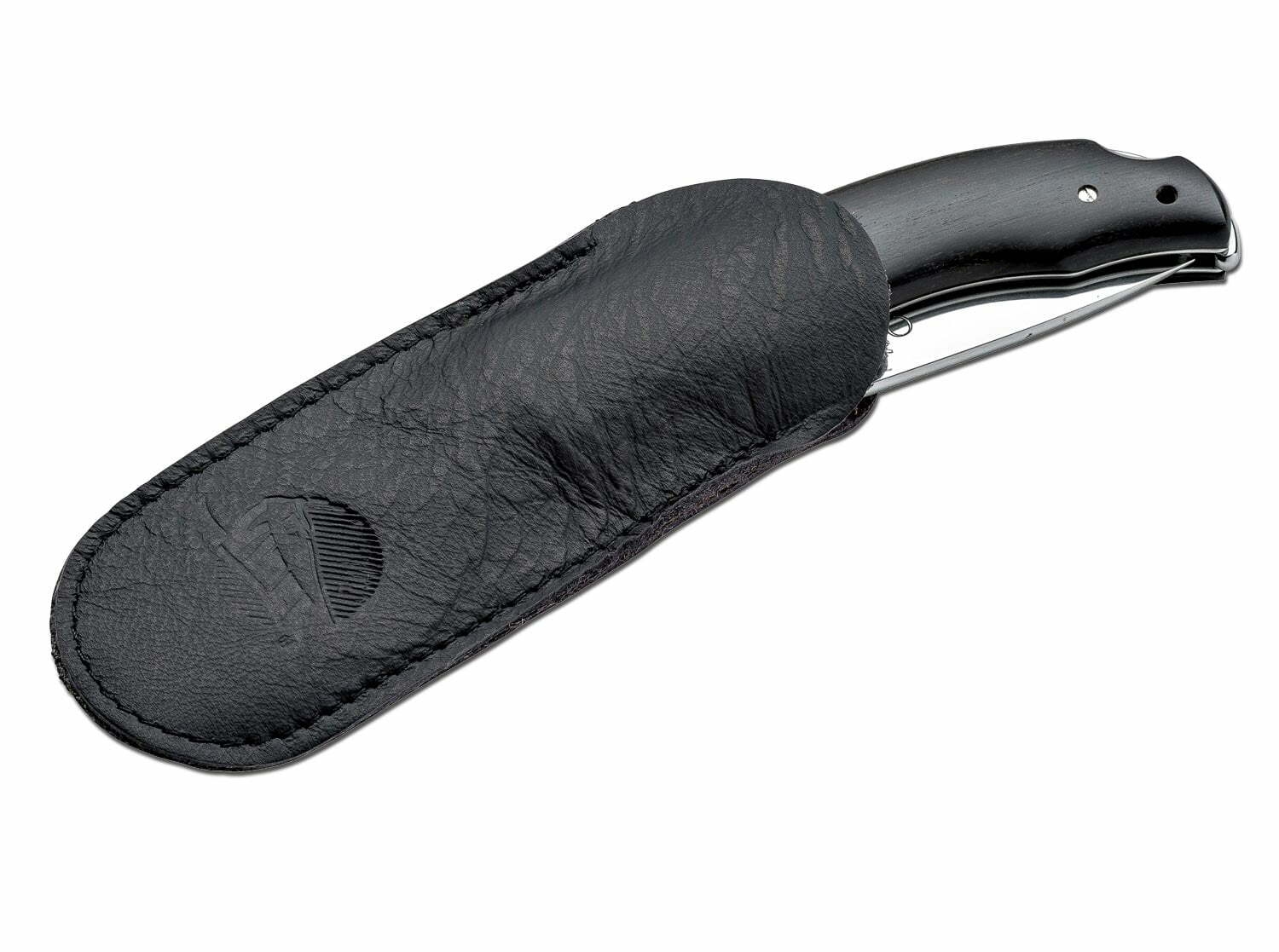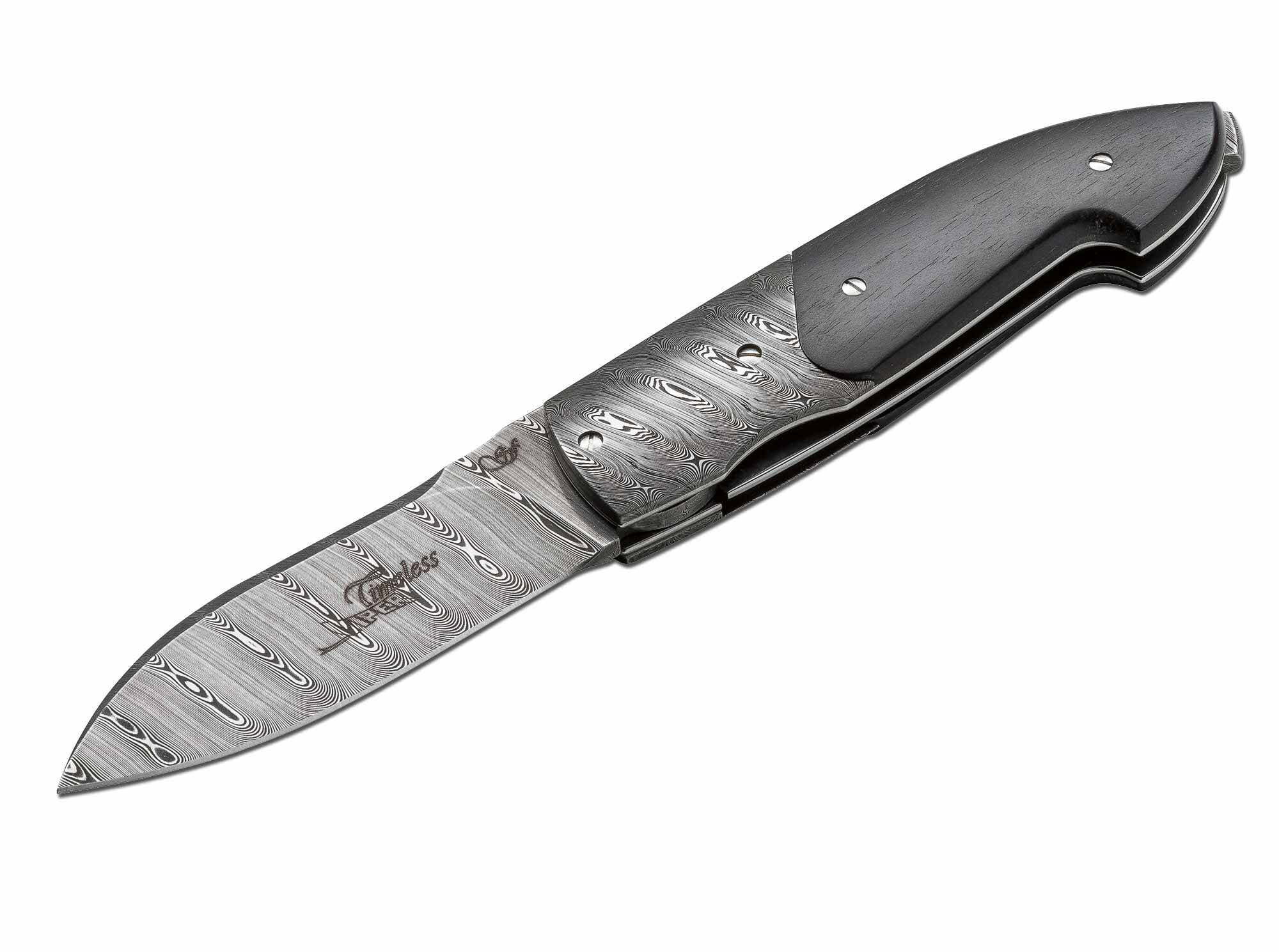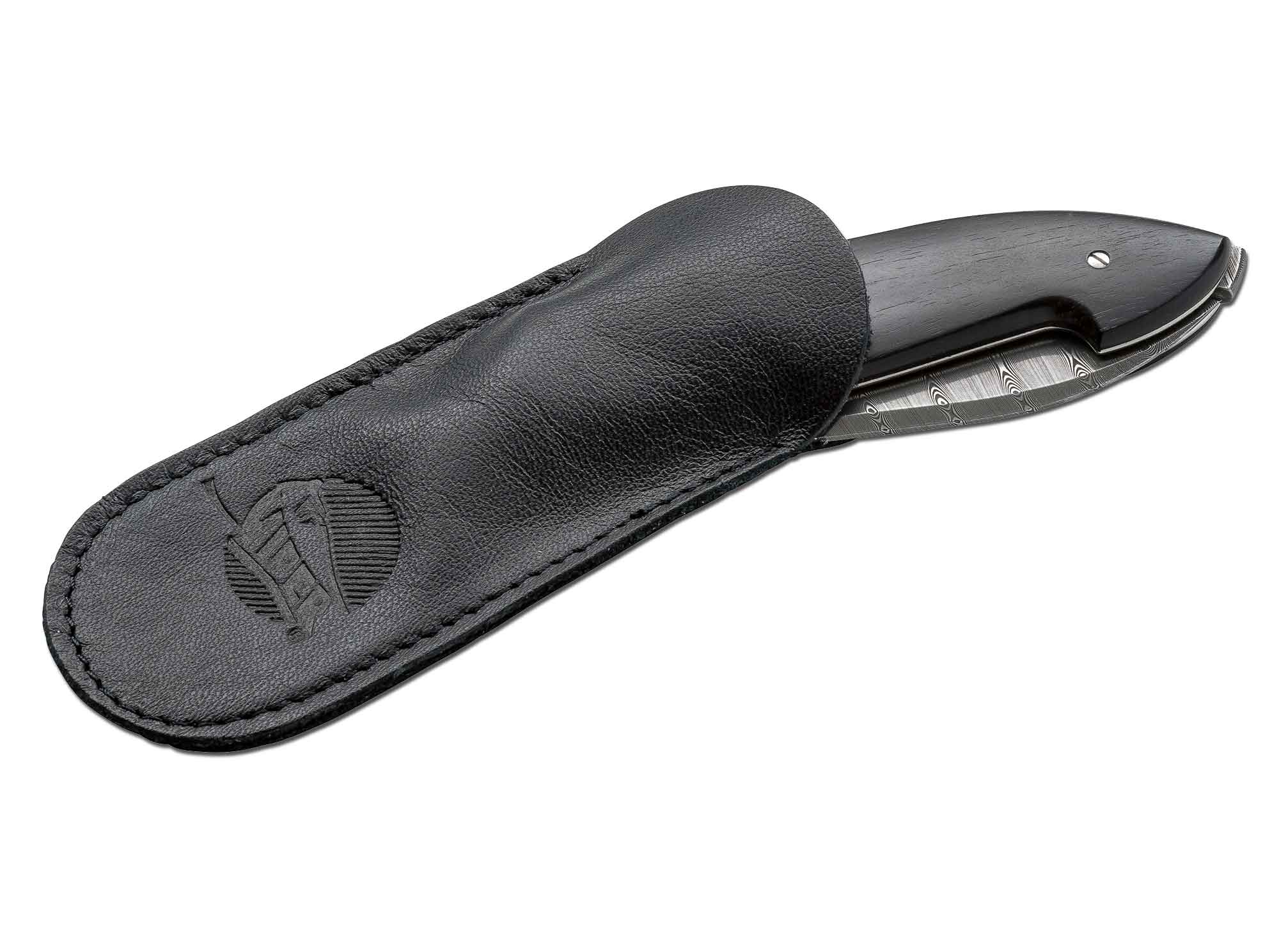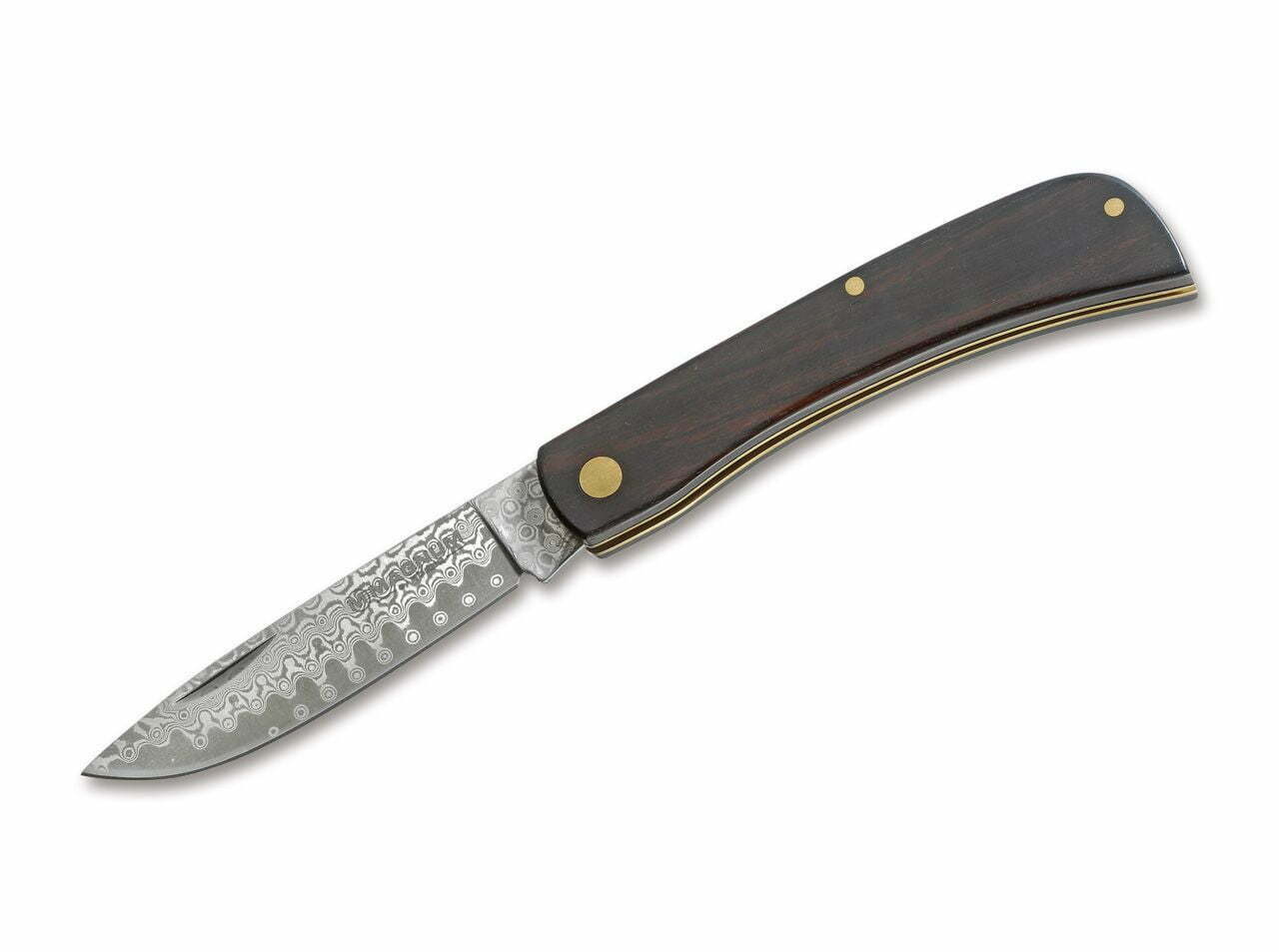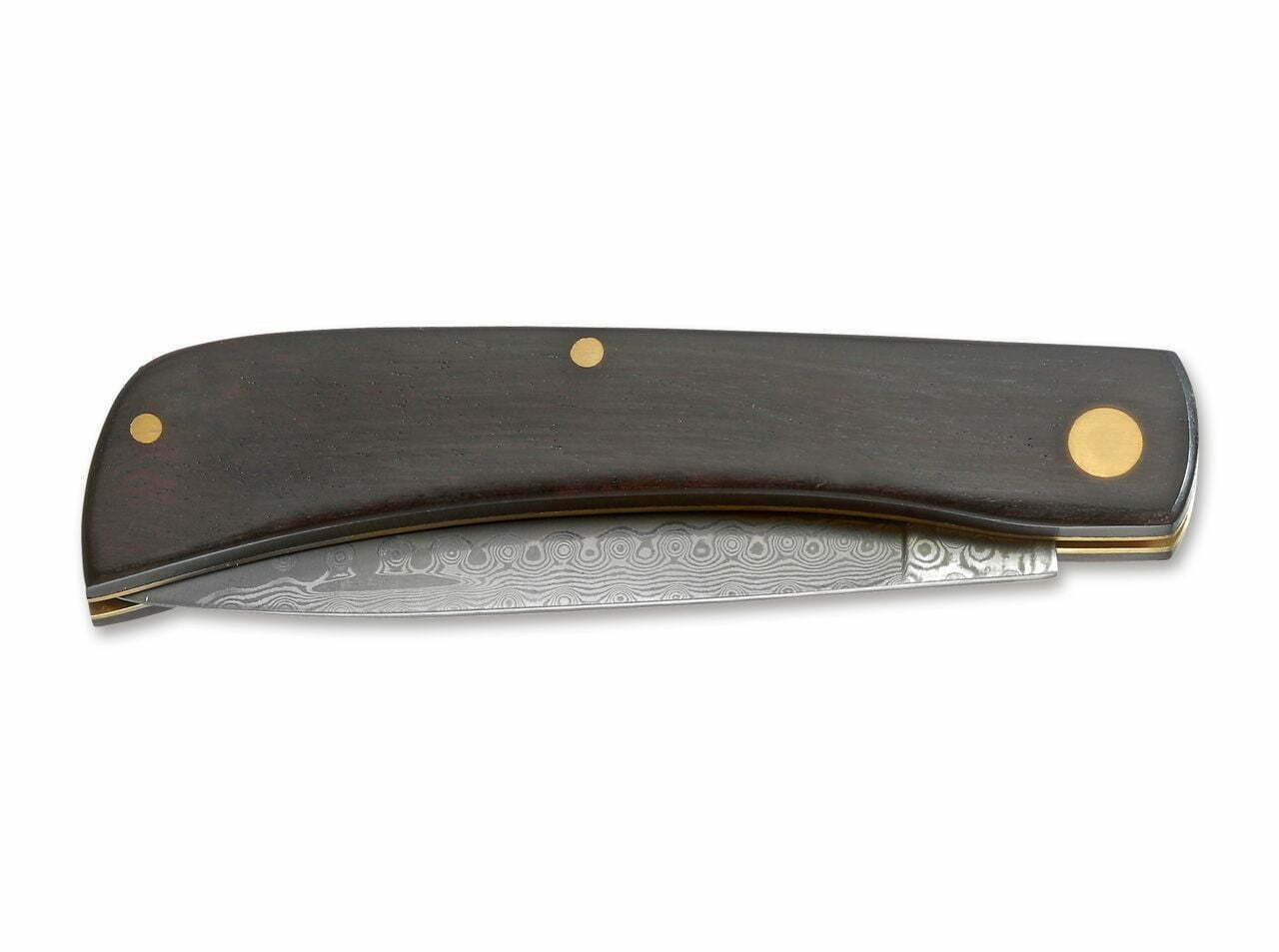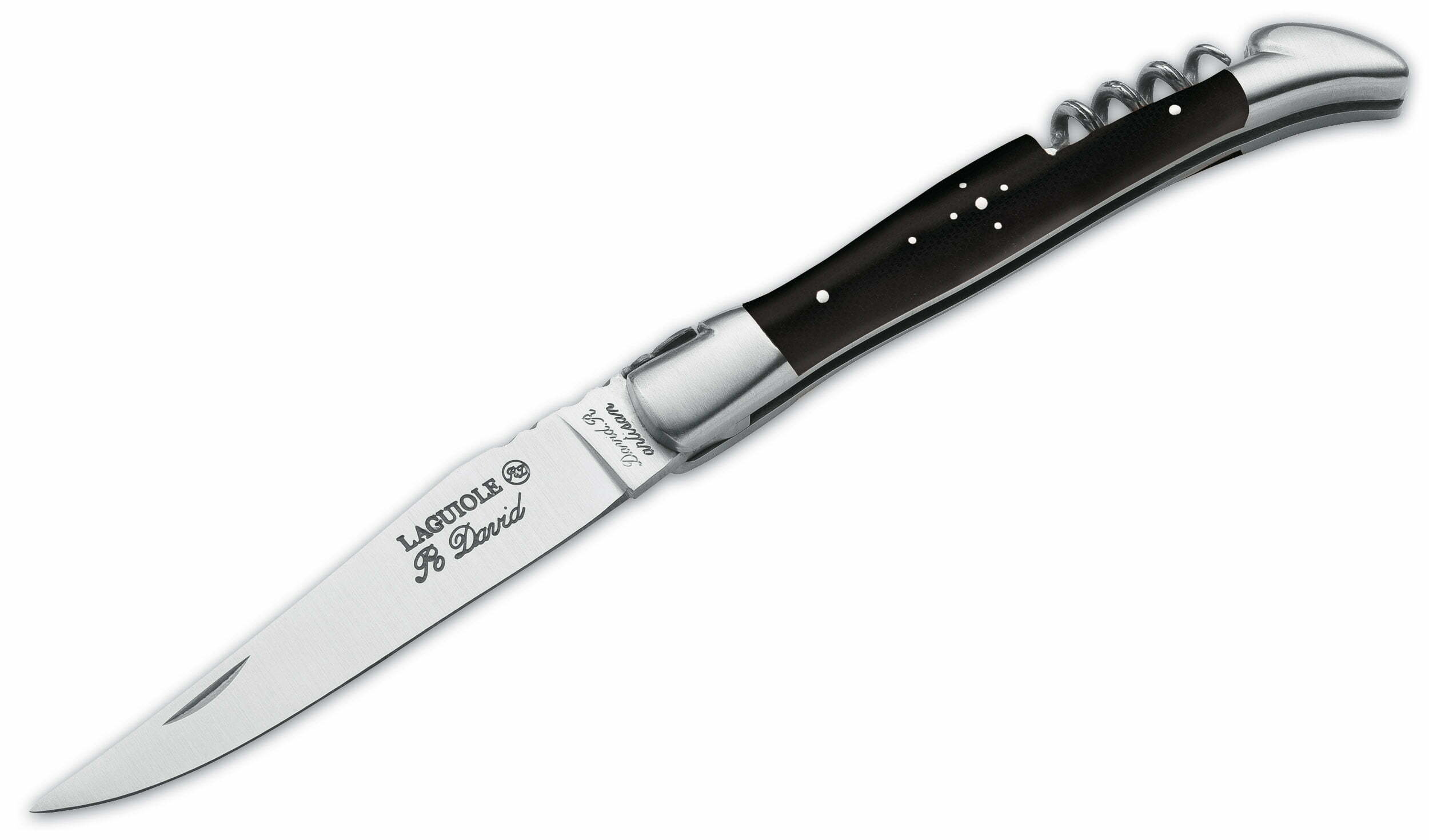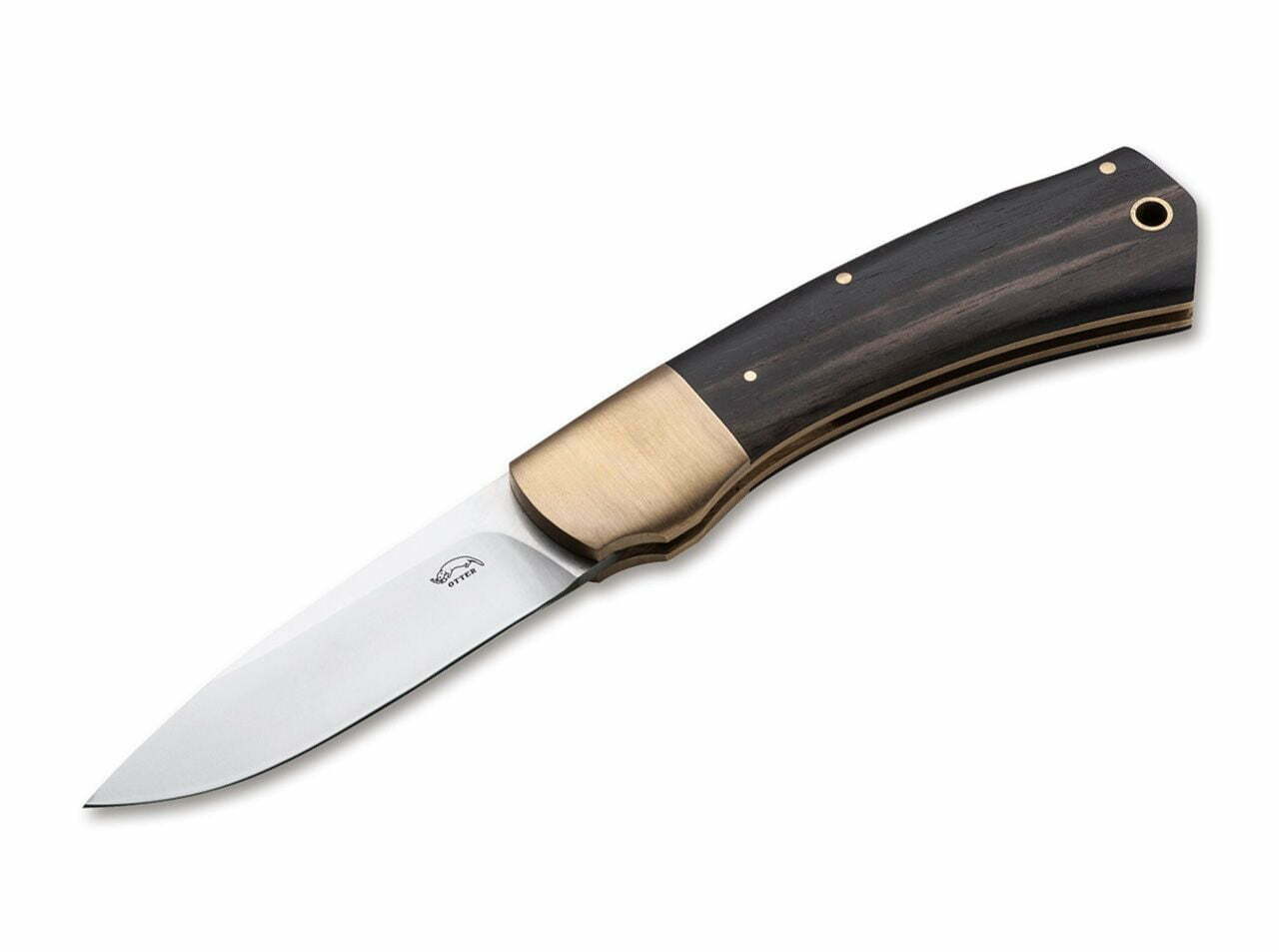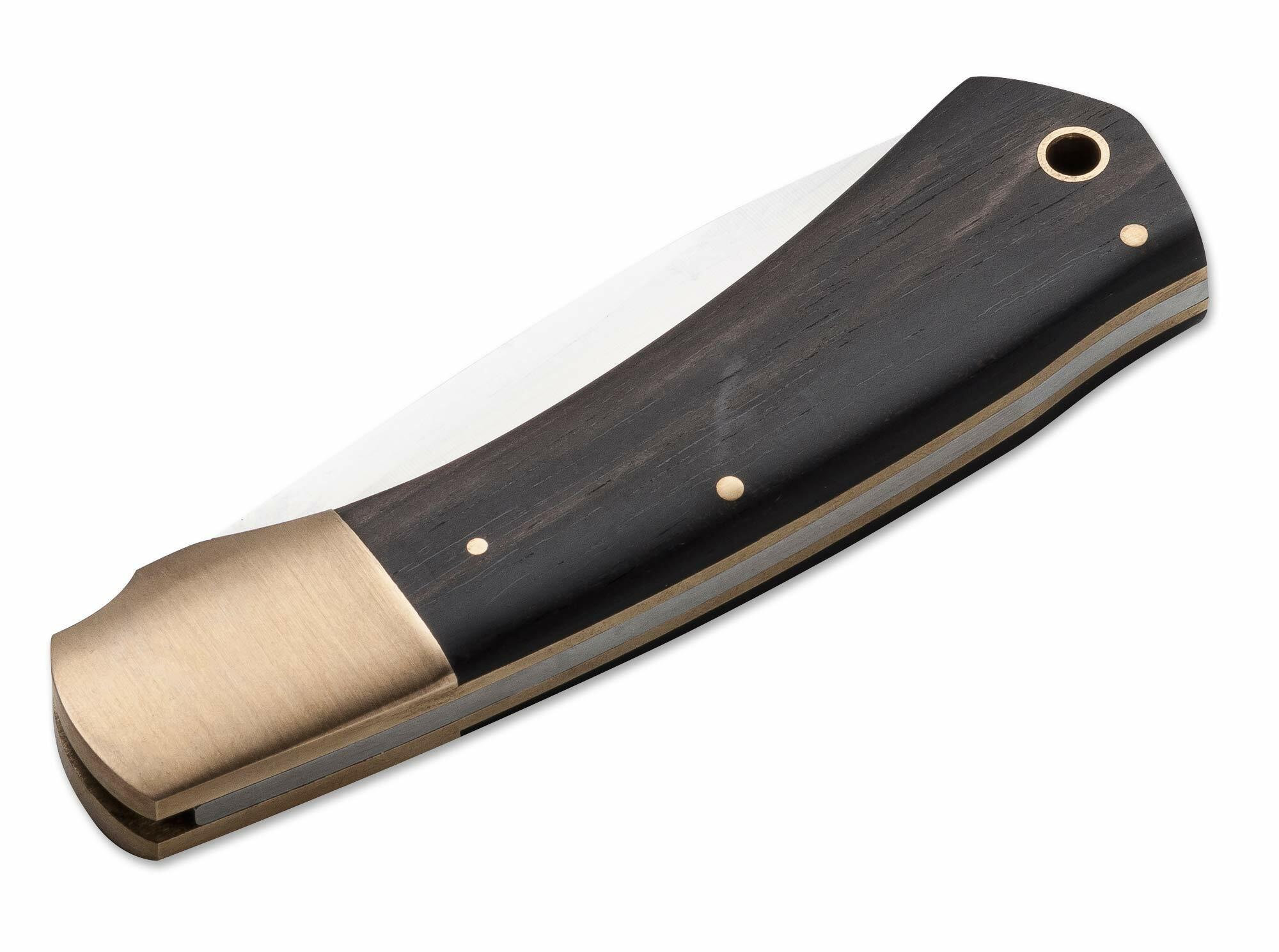In knife manufacture, ebony is used to make handles. Even in the ancient world, the dark wood, mainly harvested in India and Indonesia, has been seen as the epitome of fine wood. Since then, it has been used for the finest, most exclusive woodwork.
Ebony is the wood of the genus Diospyros, belonging to the Ebenaceae. The signature color of the wood is black or black/brown with fine, clearly visible stripes, which lend the wood a particularly striking texture. Processed ebony has a very smooth surface. In addition to these aesthetic qualities, ebony also offers a number of interesting physical properties. This rare fine wood has a high density, is very strong and age-resistant, which makes it an excellent choice not just for decorative applications, but also for areas in which wood needs to withstand a lot of wear and tear – in knife handles, for instance.
The traditional geographic range of ebony includes tropical and subtropical regions of Africa and South Asia, particularly Cameroon, Madagascar, Sri Lanka, Laos, Vietnam and Indonesia. Ebony from Cameroon is by far the most common. The other variations mentioned offer a somewhat higher quality – the best of them being the so-called Ceylon ebony (taken from the former name of Sri Lanka), which is very rare today. In modern production, premium products are usually manufactured out of ebony from Madagascar and Indonesia.
Even in ancient Egypt, ebony was prized as particularly valuable. Since then, almost all world cultures have used it for their finest woodwork – especially for inlays (intarsia), veneers and musical instruments. During the historicist period in the late 19th century, it was fashionable to make door and window handles, silverware parts and weapons from ebony. Today the fine wood is still used in the production of elegant knife handles.
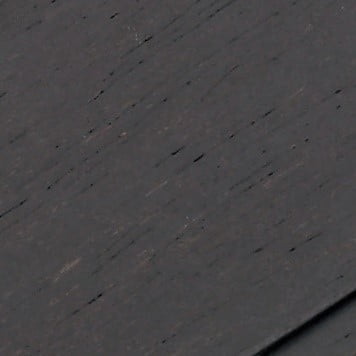
Showing 1–30 of 43 resultsSorted by popularity
-
Brand: BOKER Magnum

-
Brand: Viper

-
Brand: Real Steel


